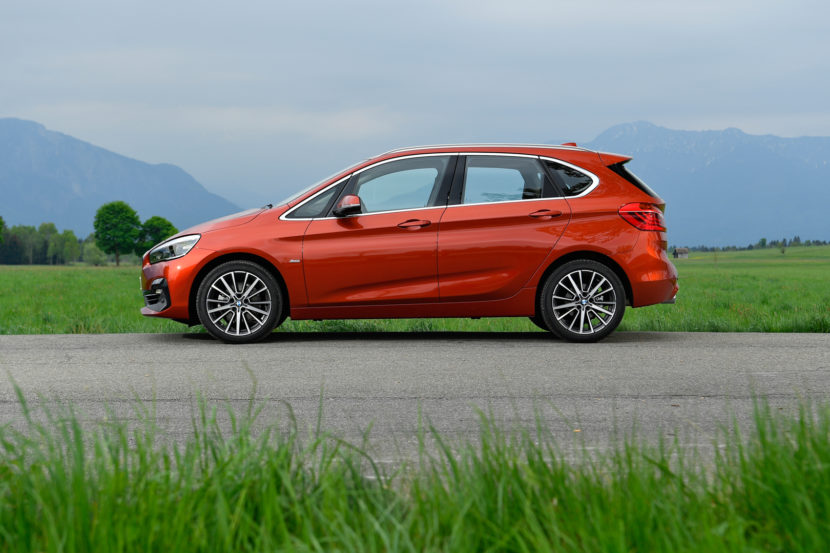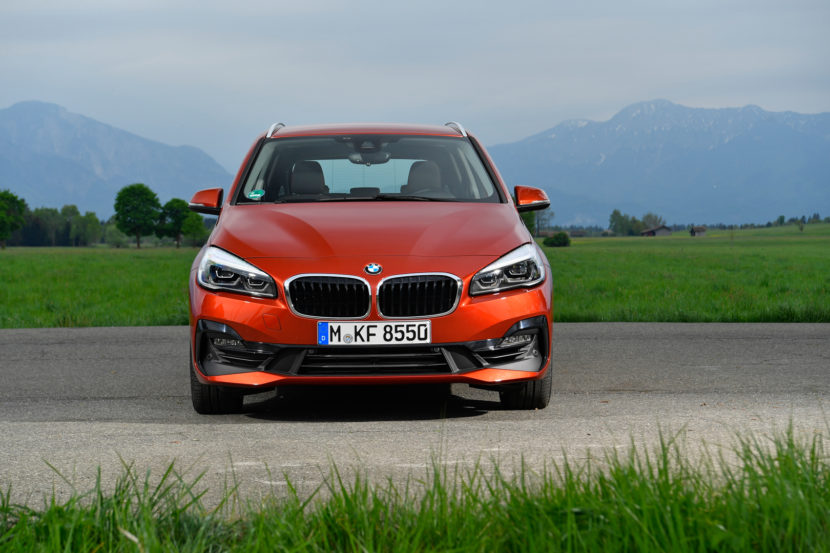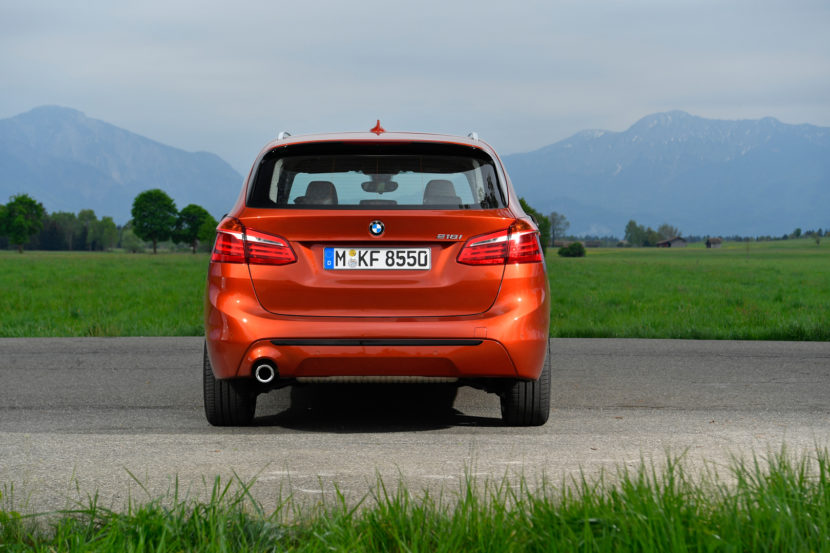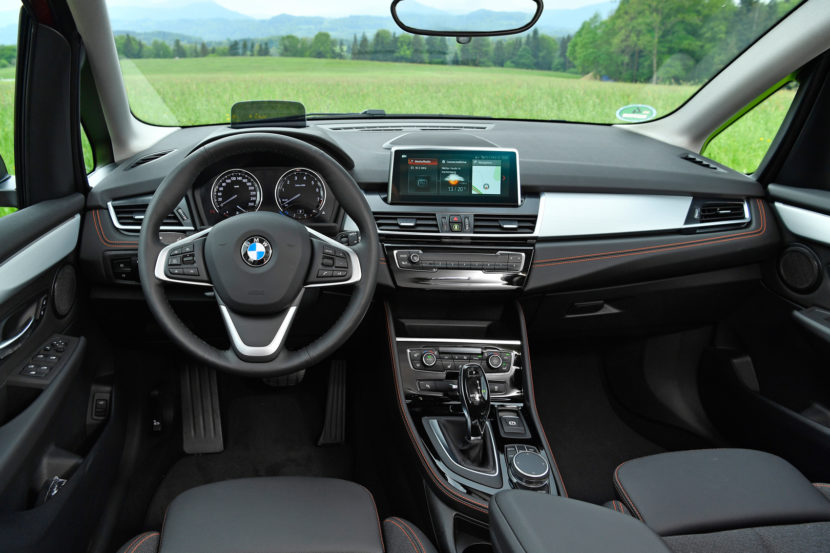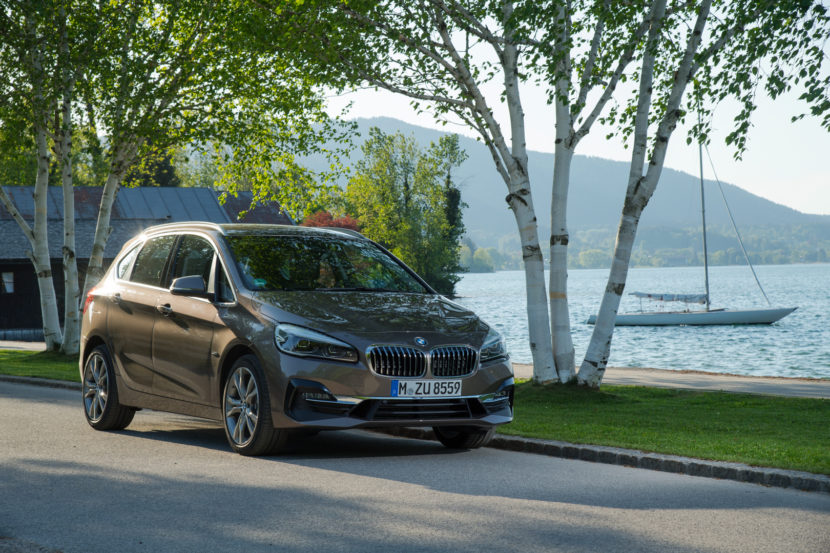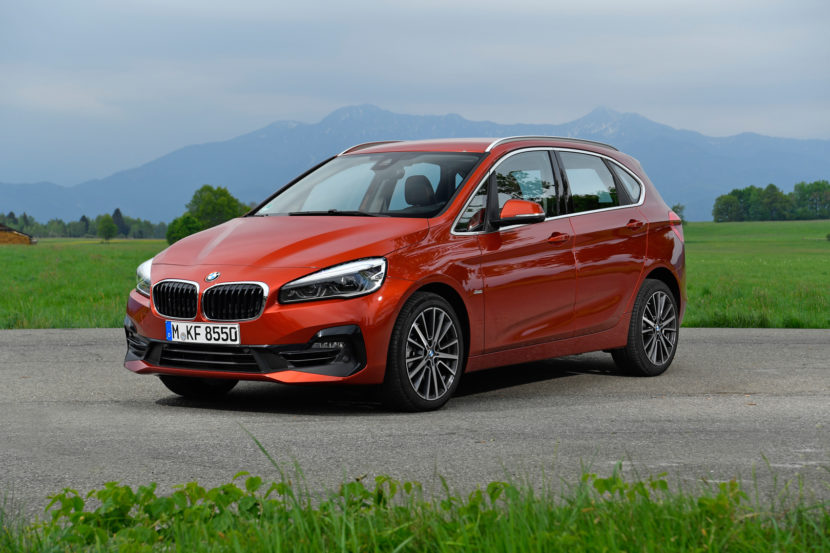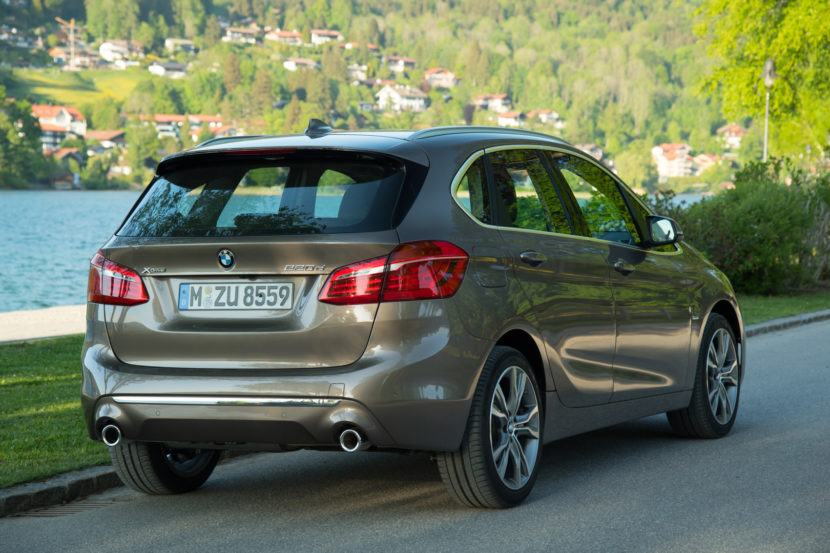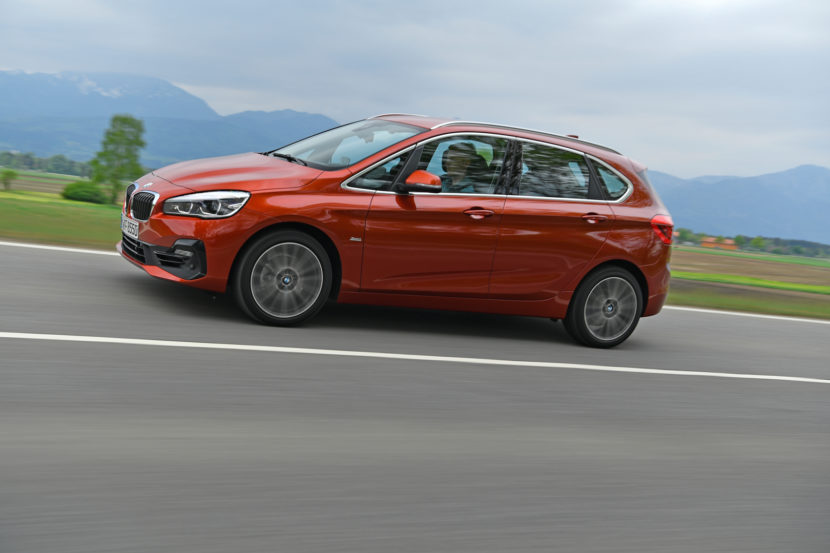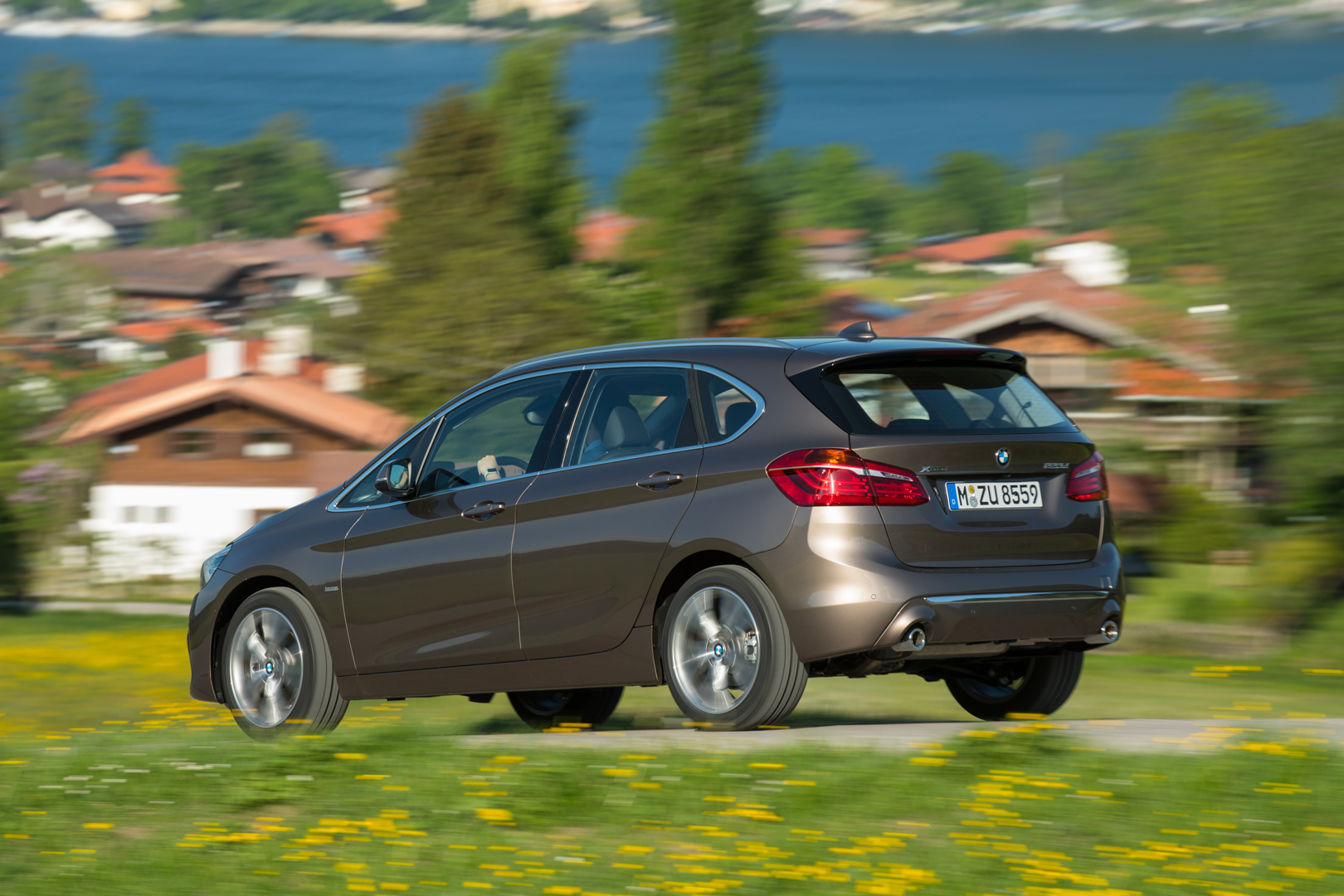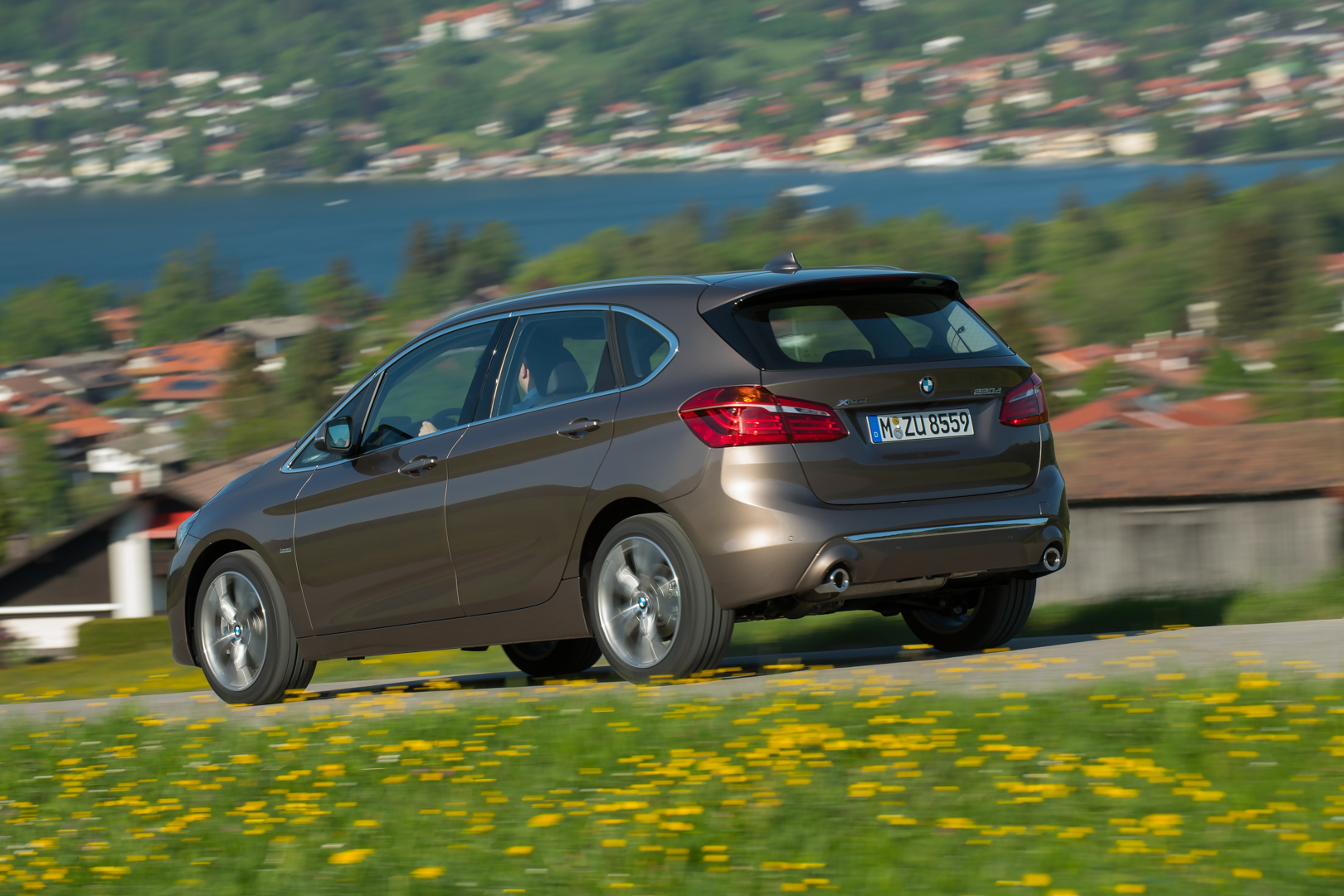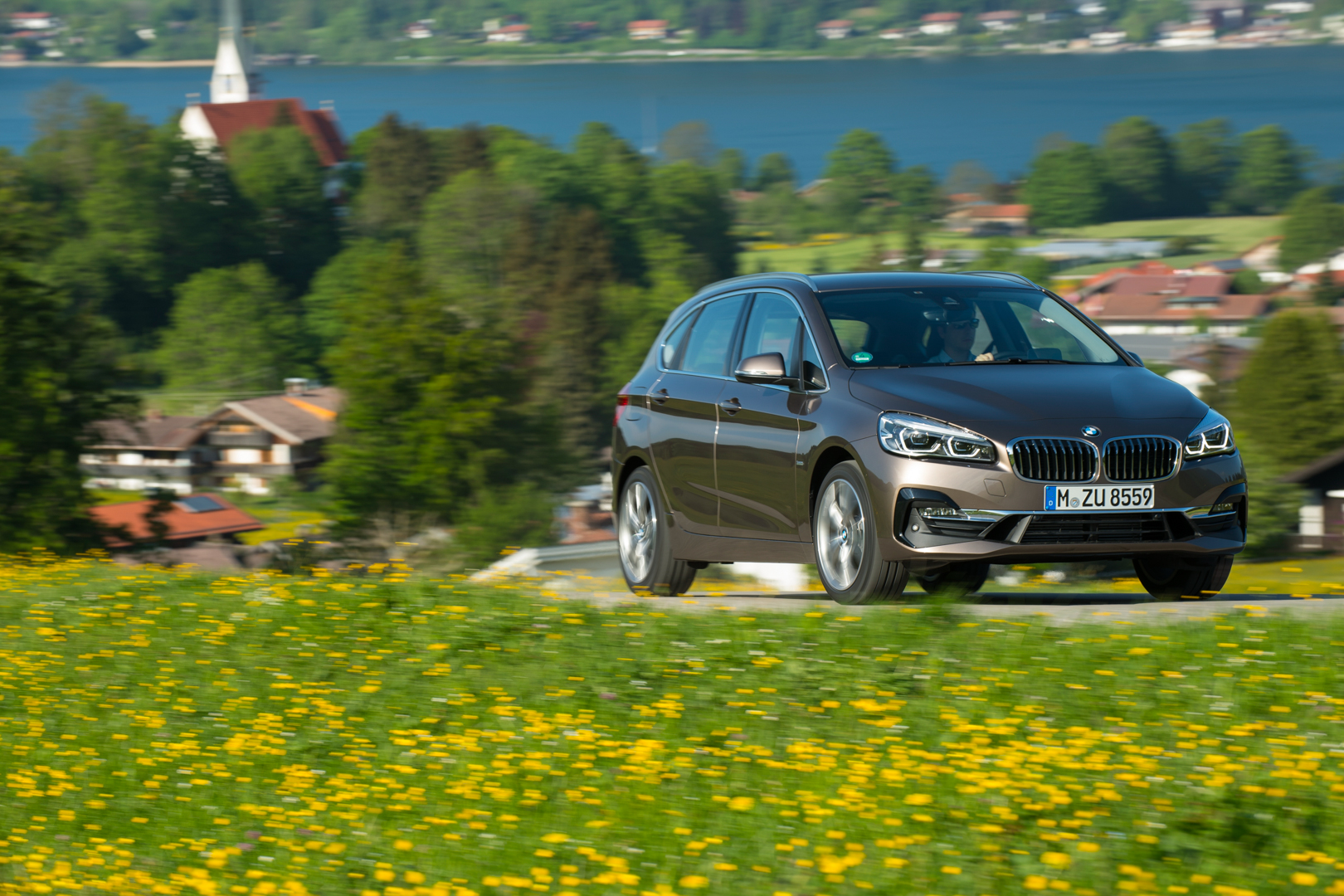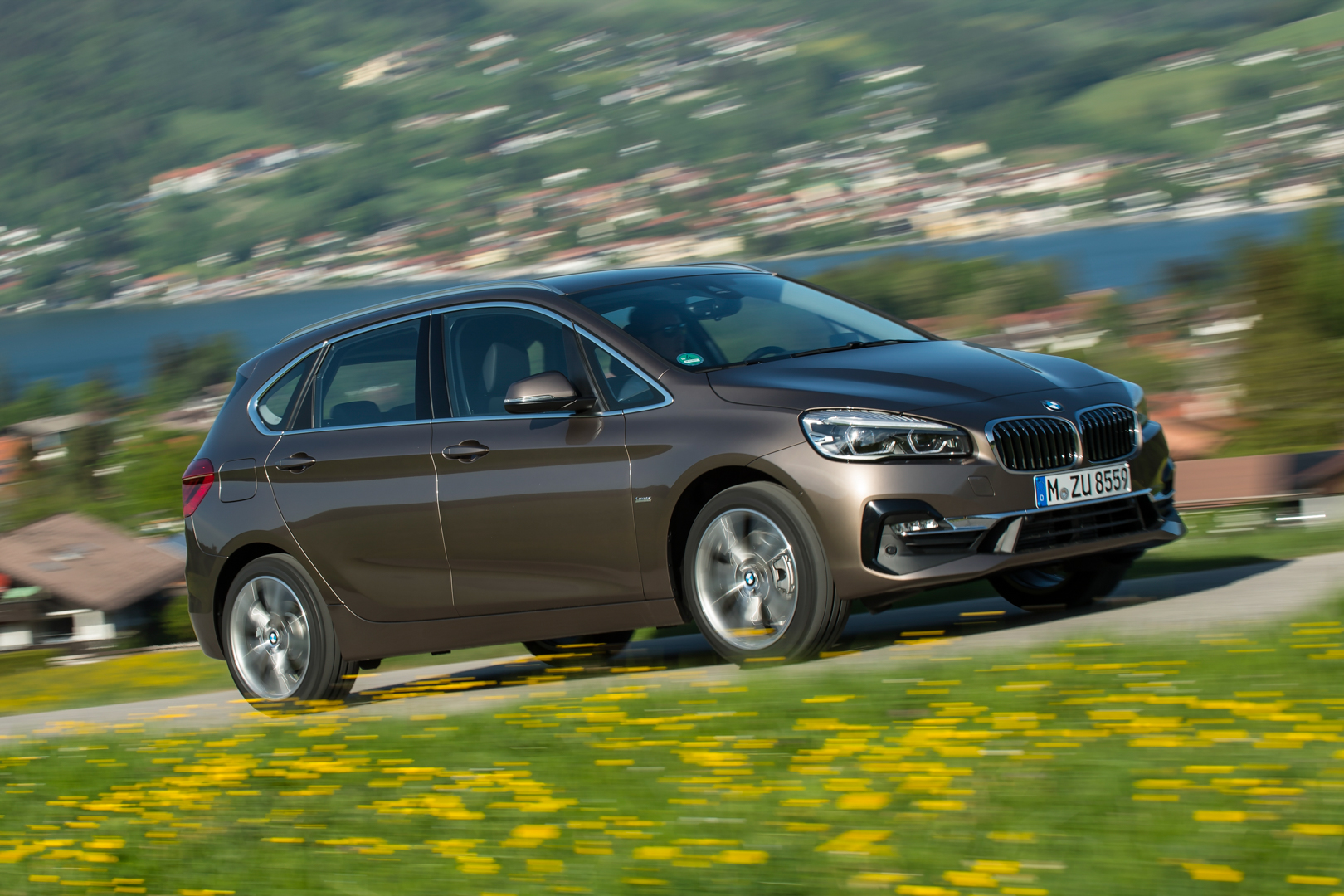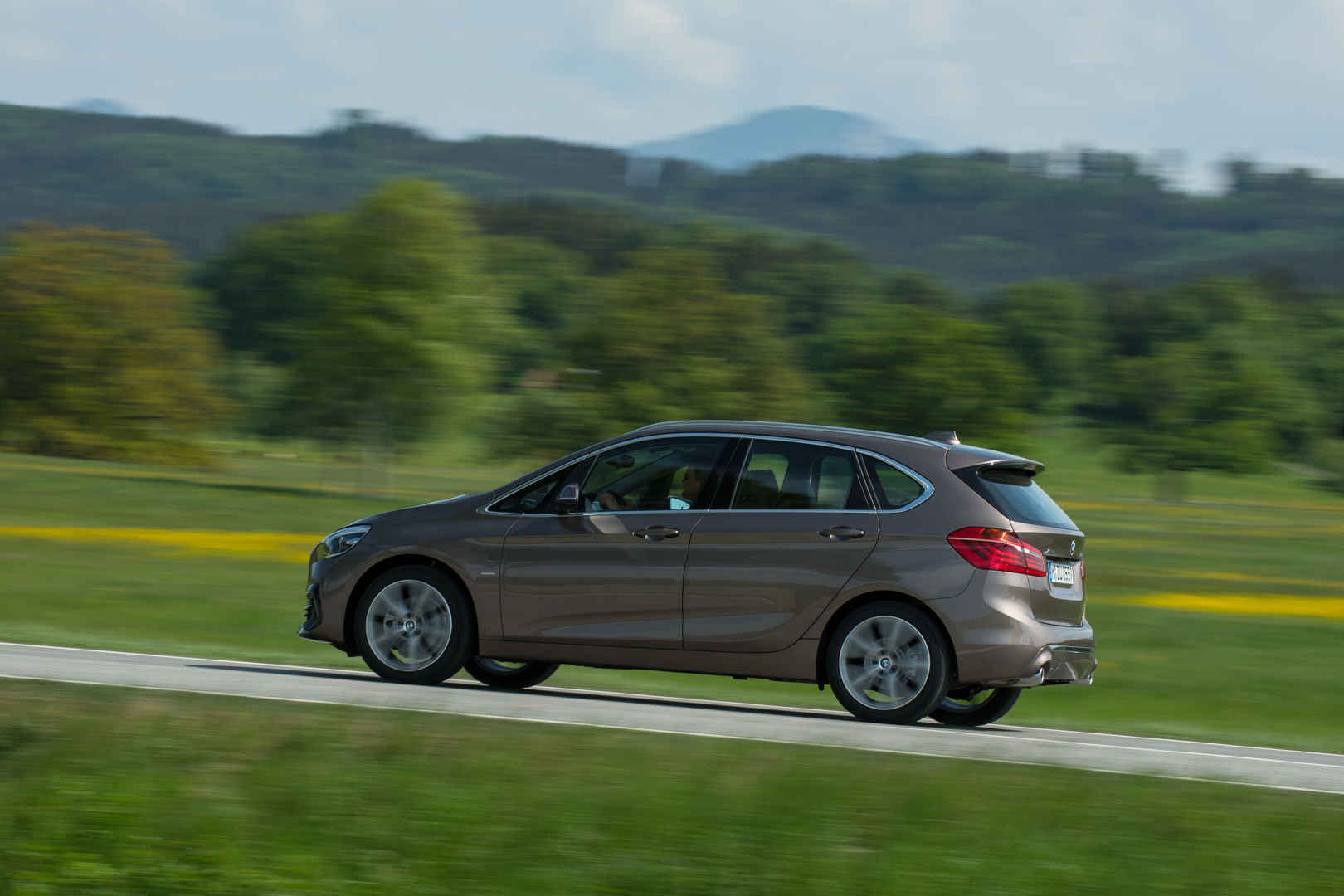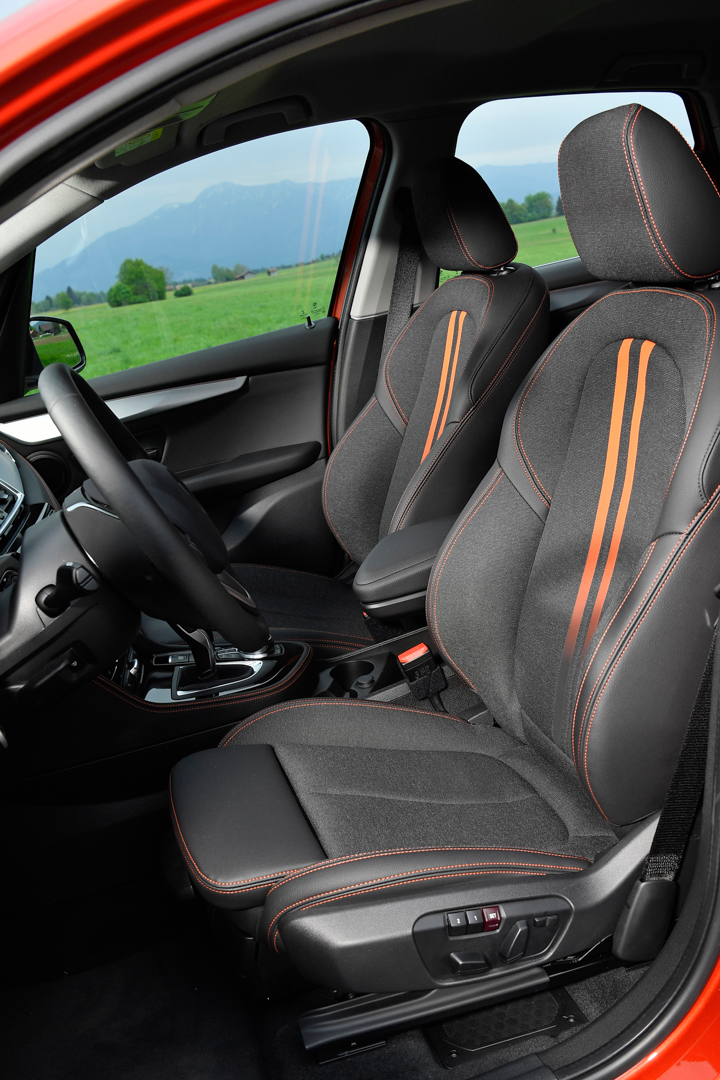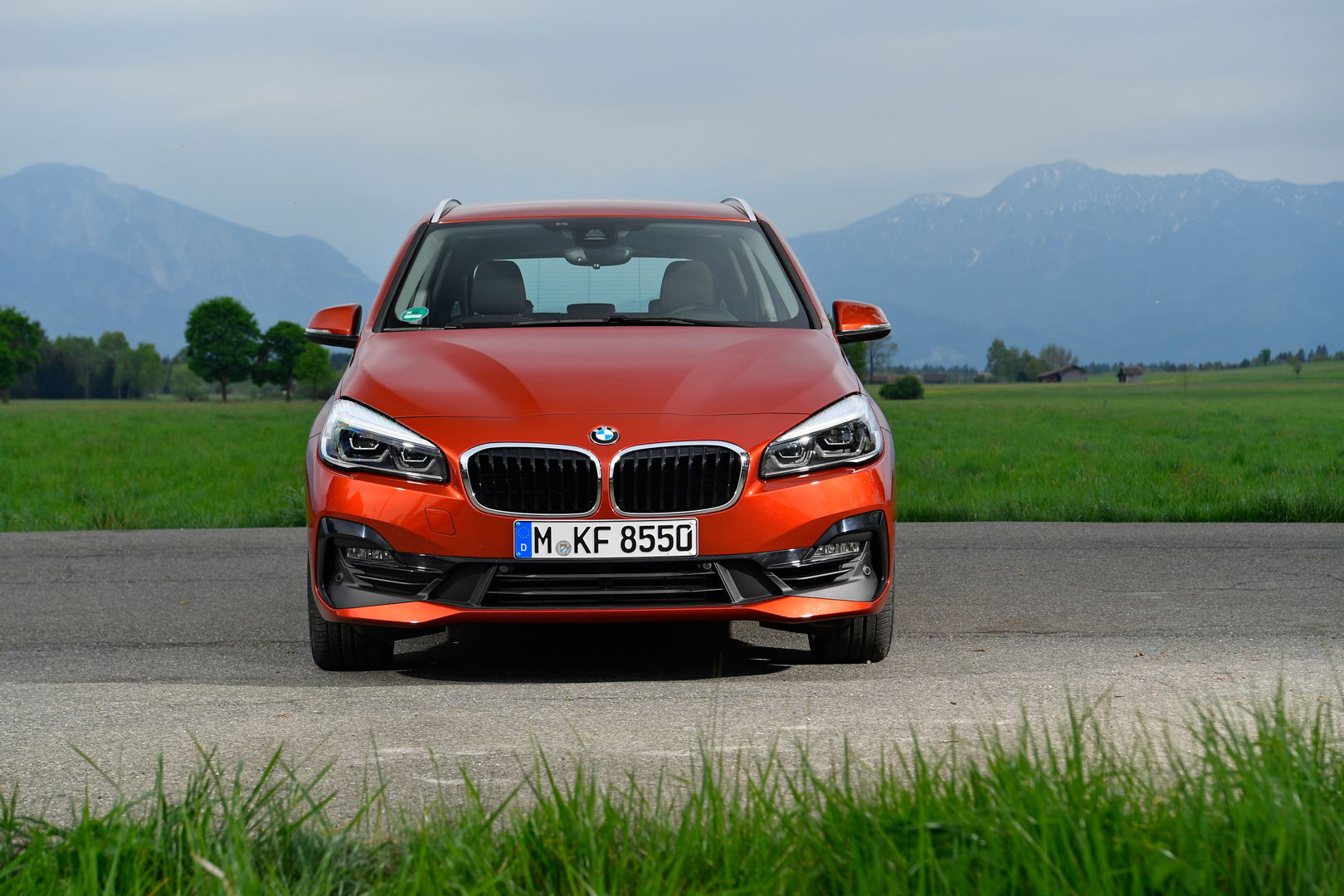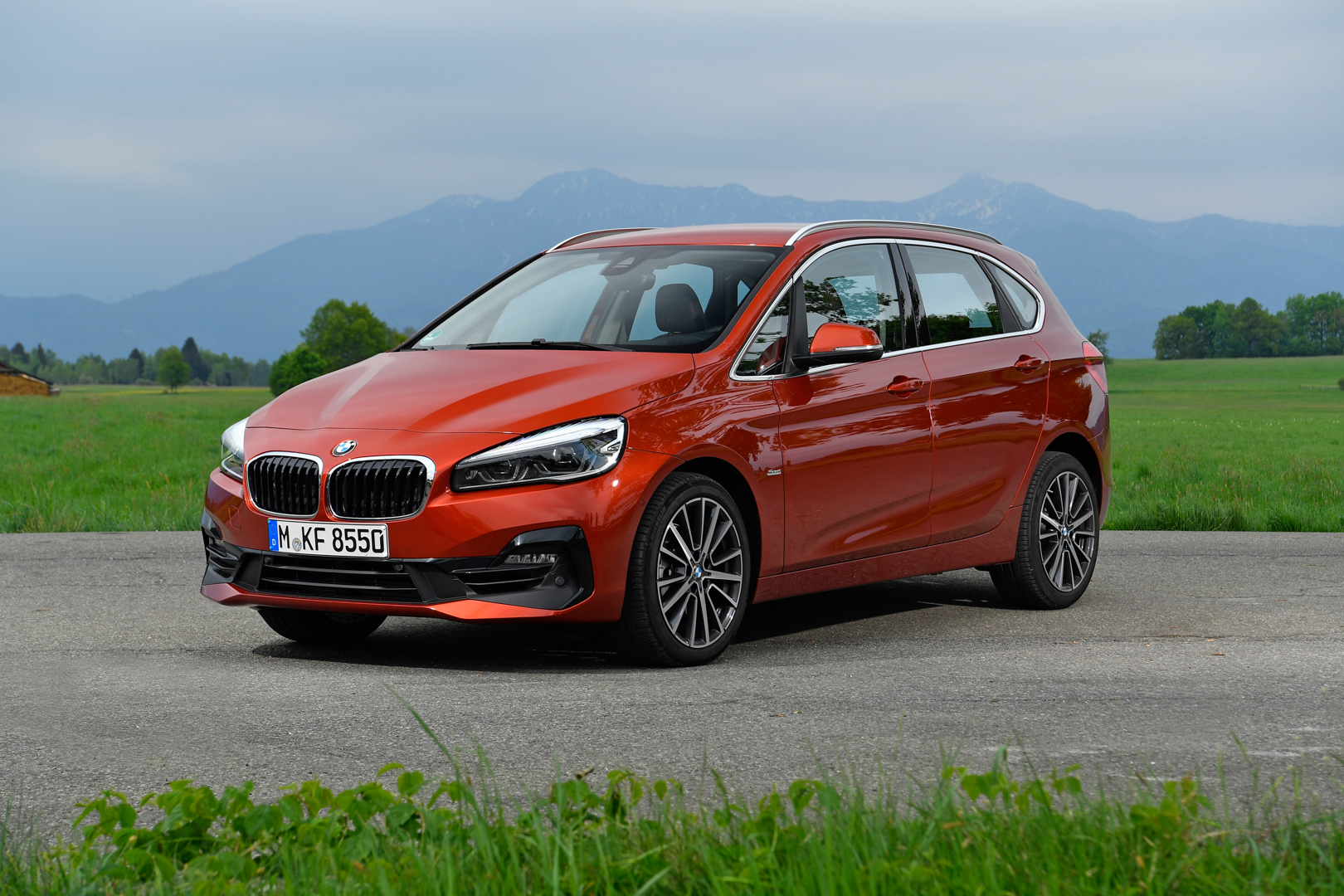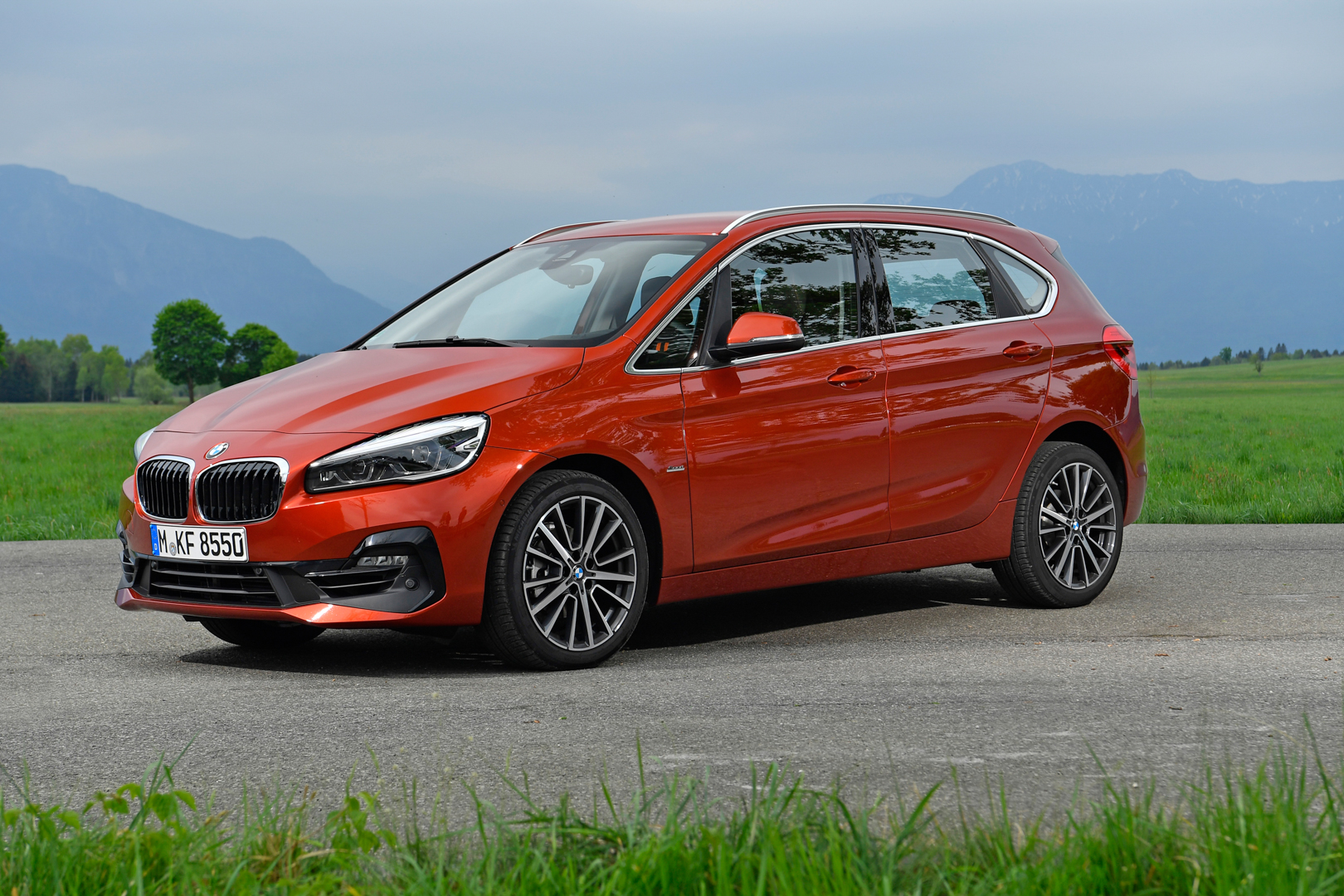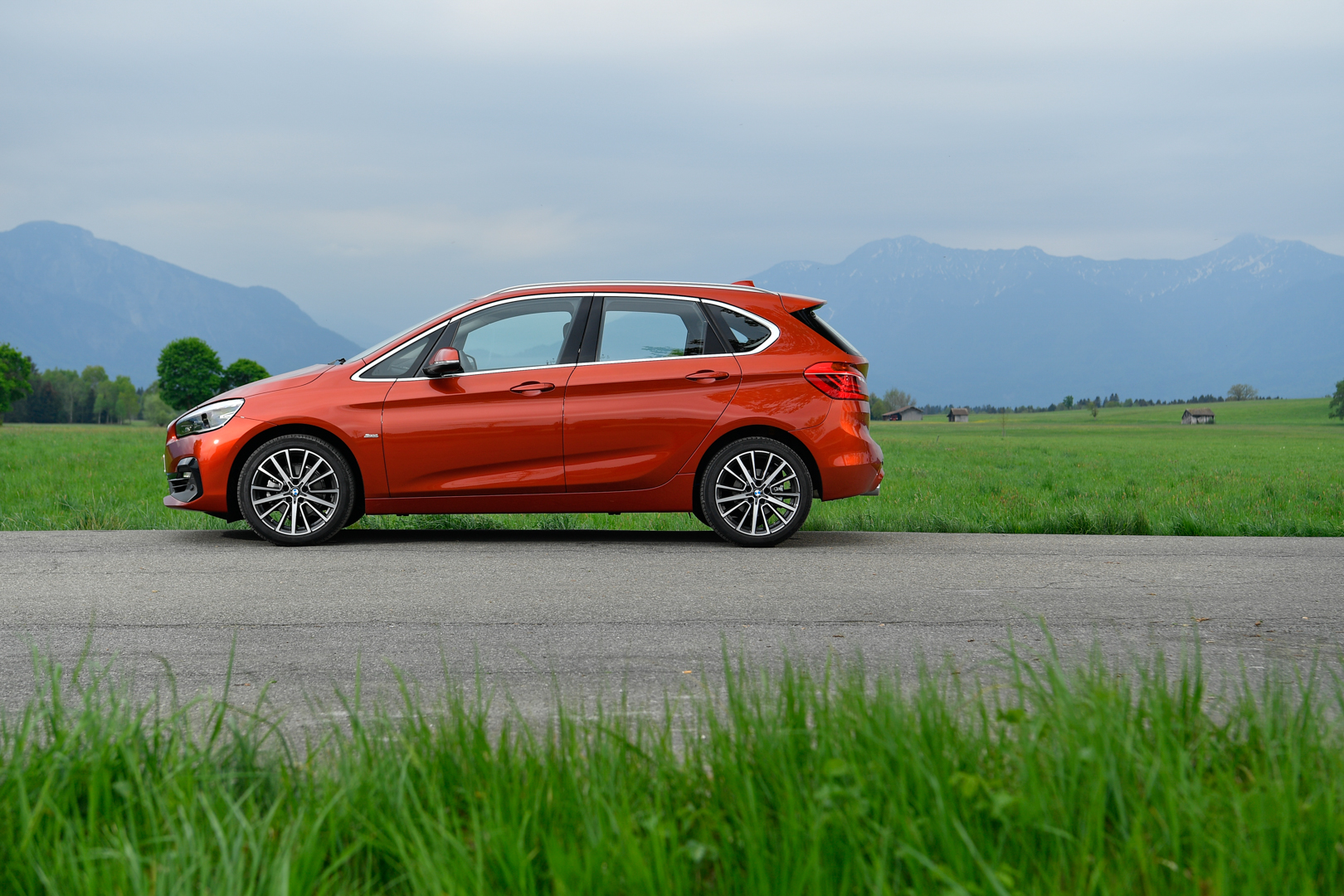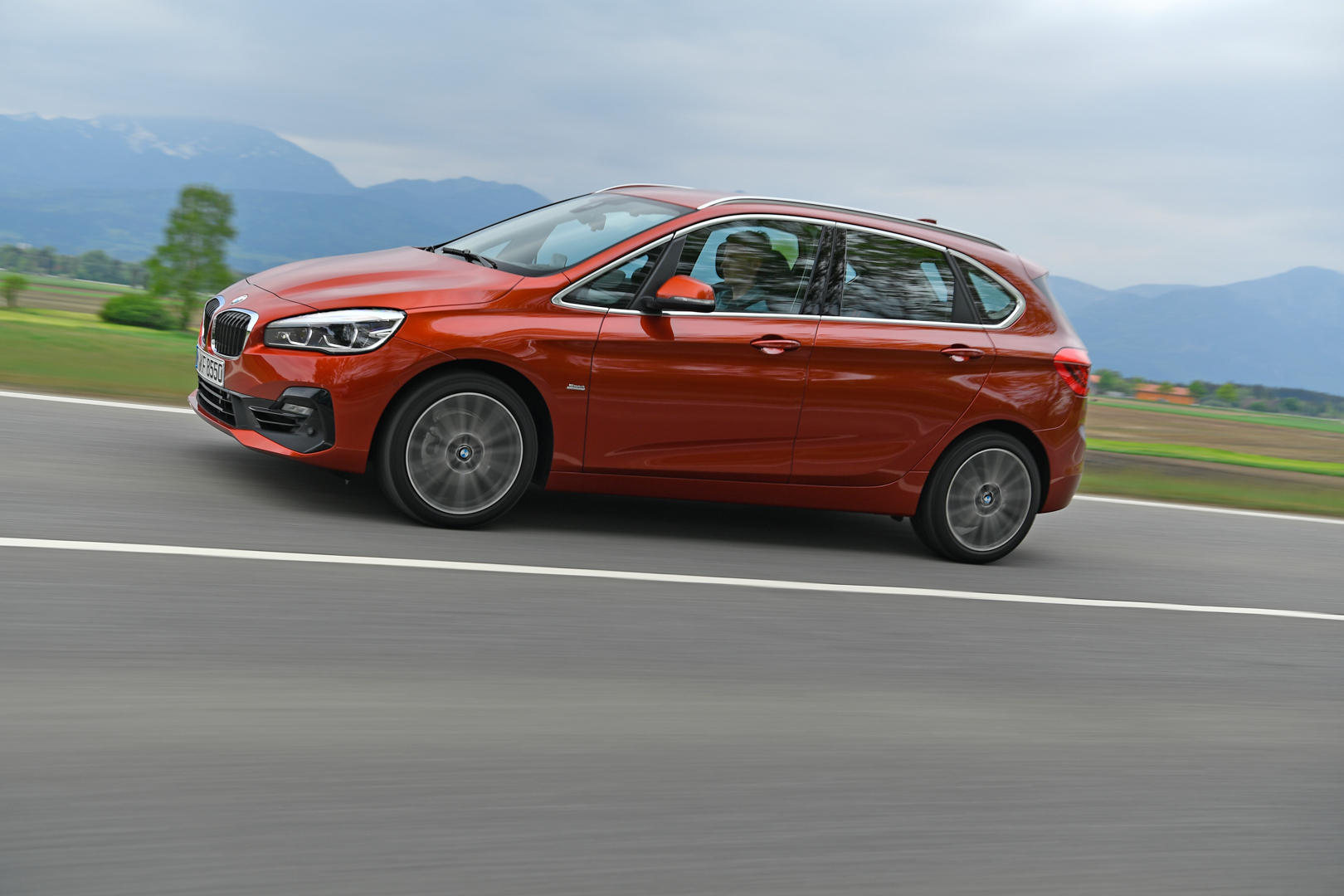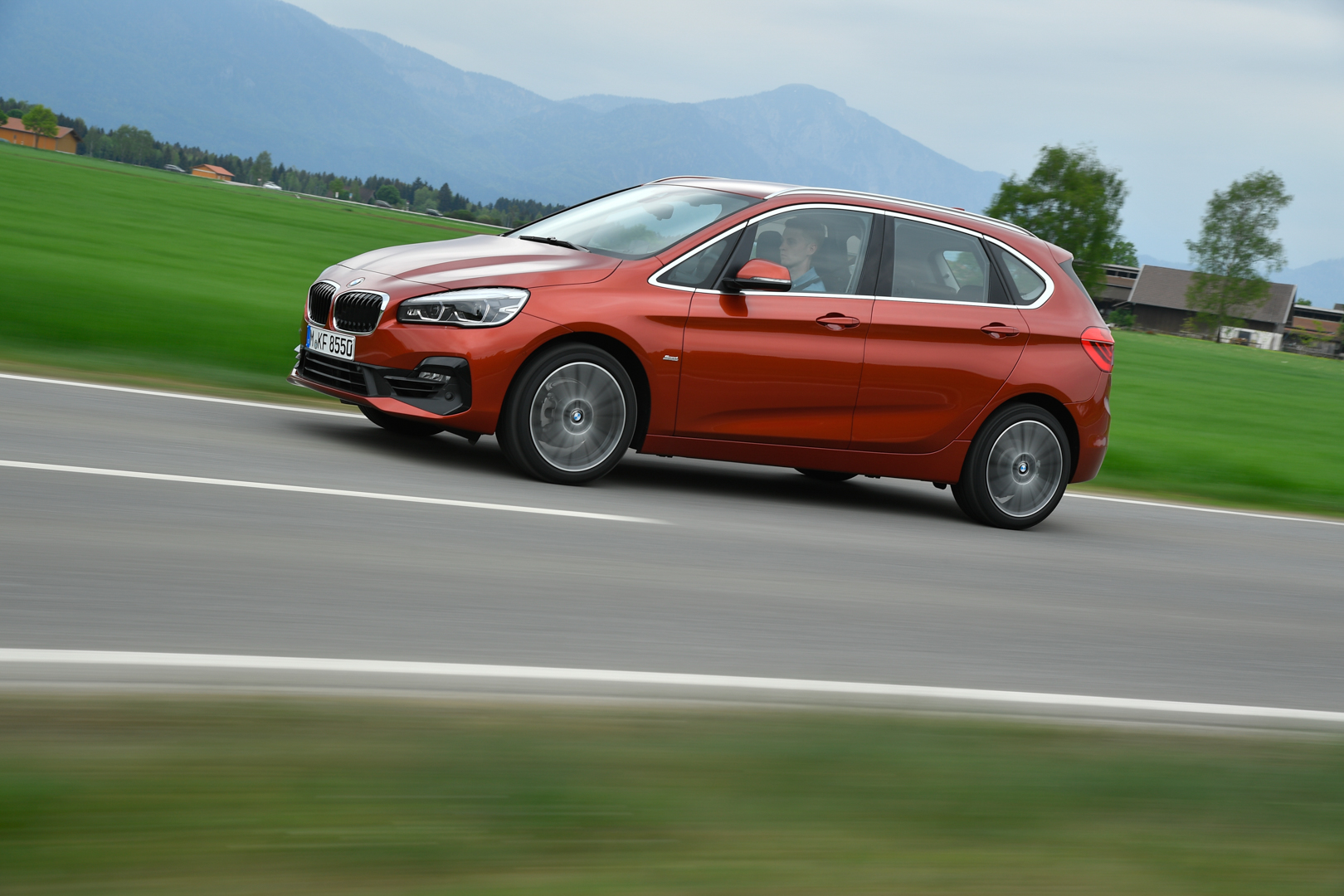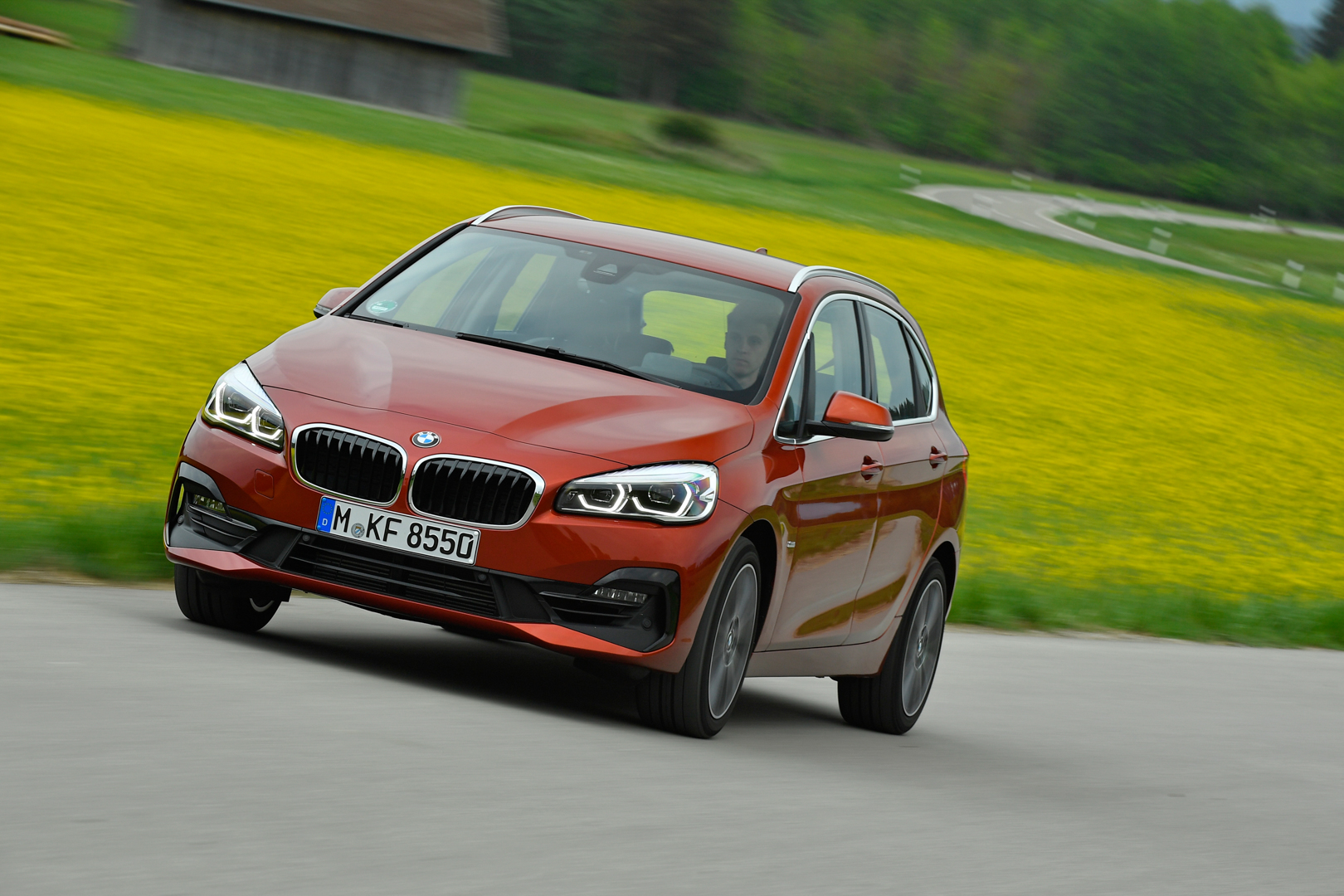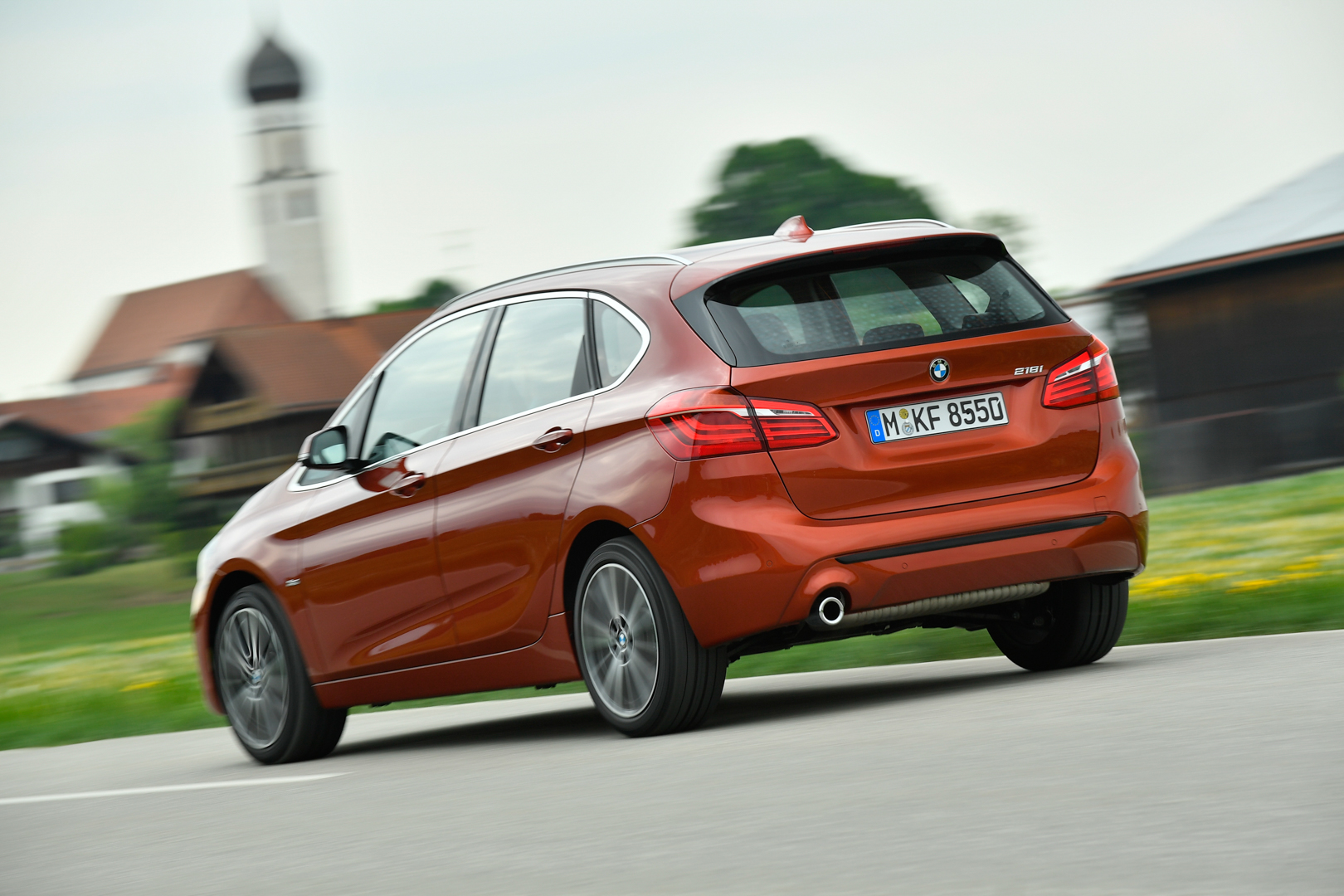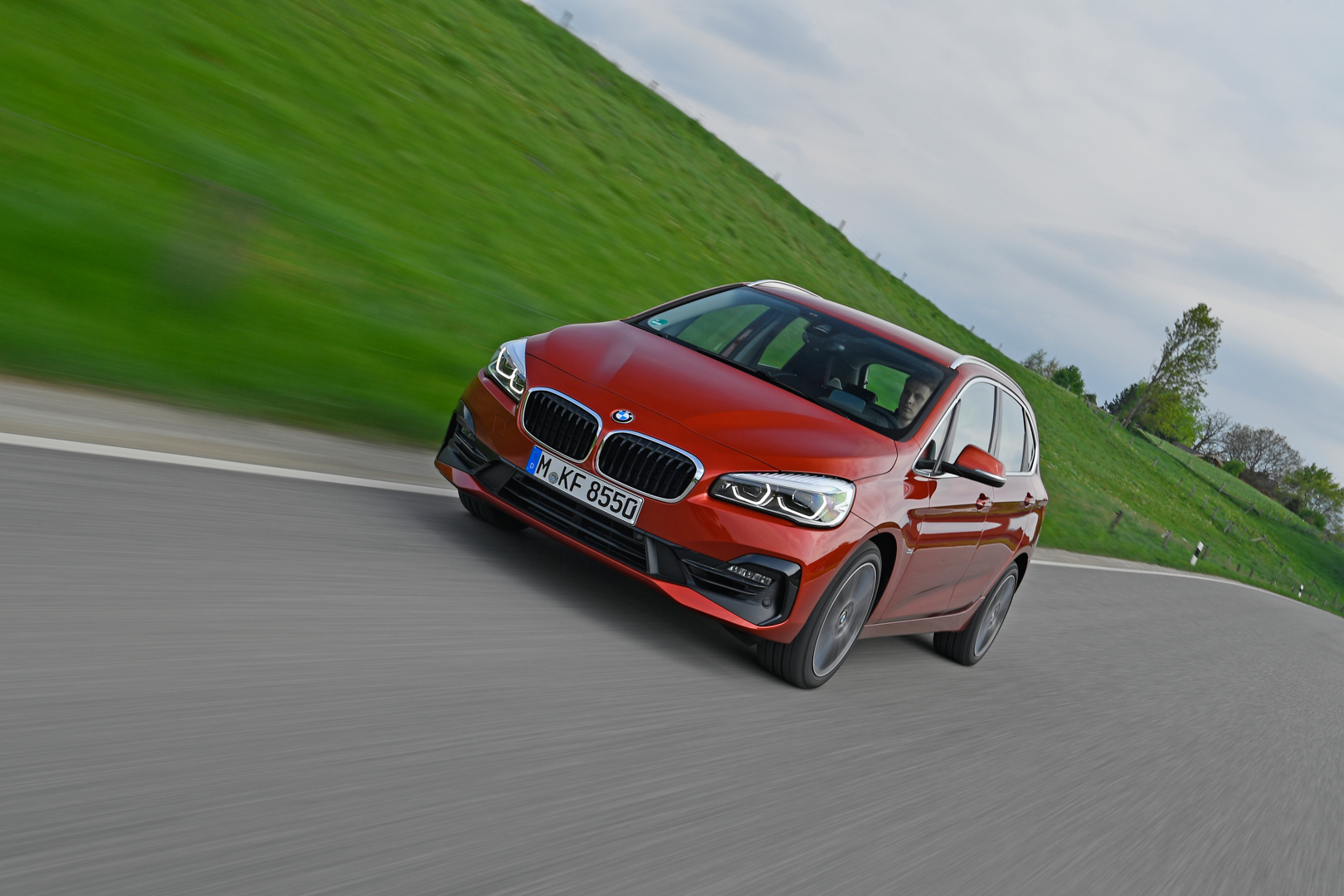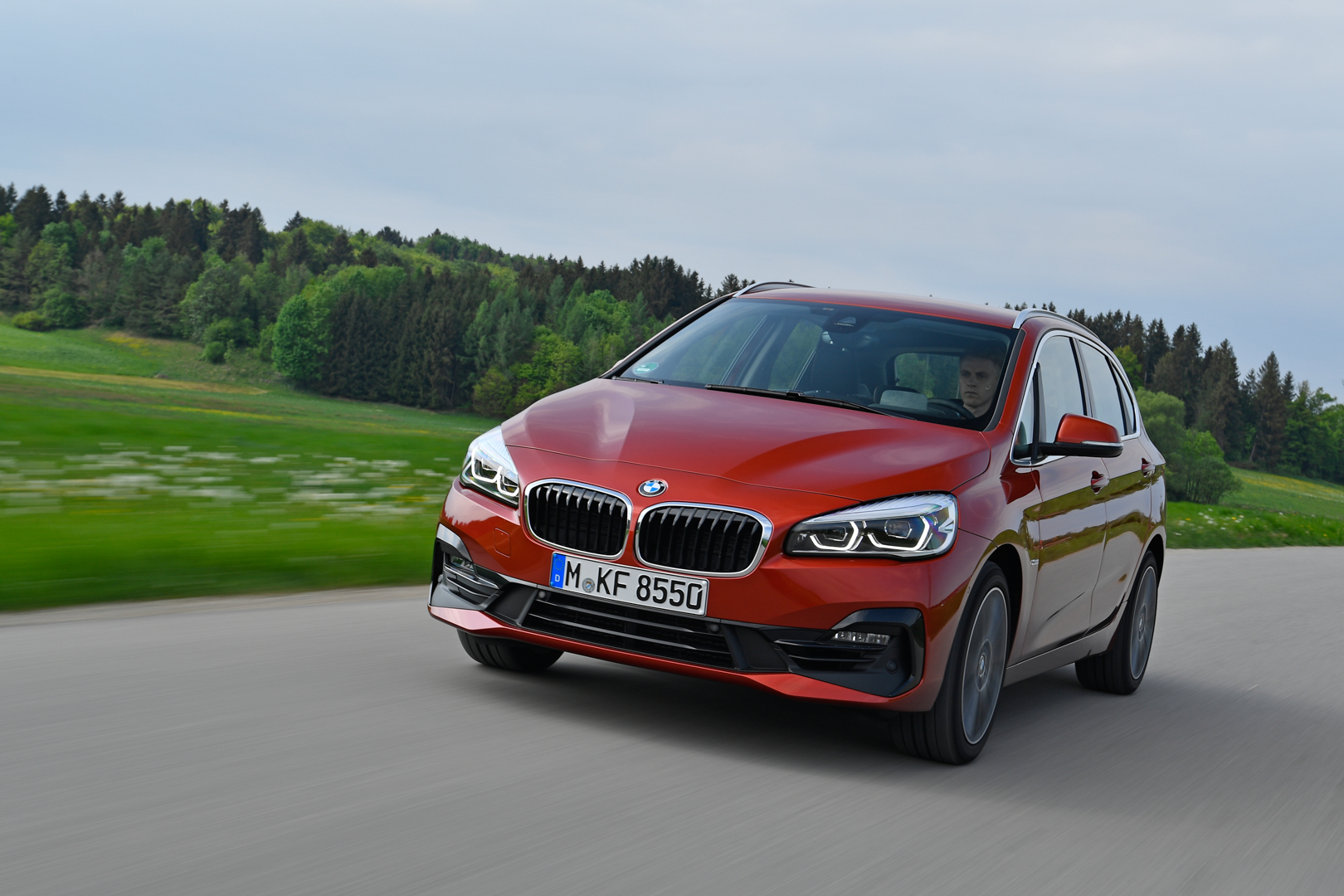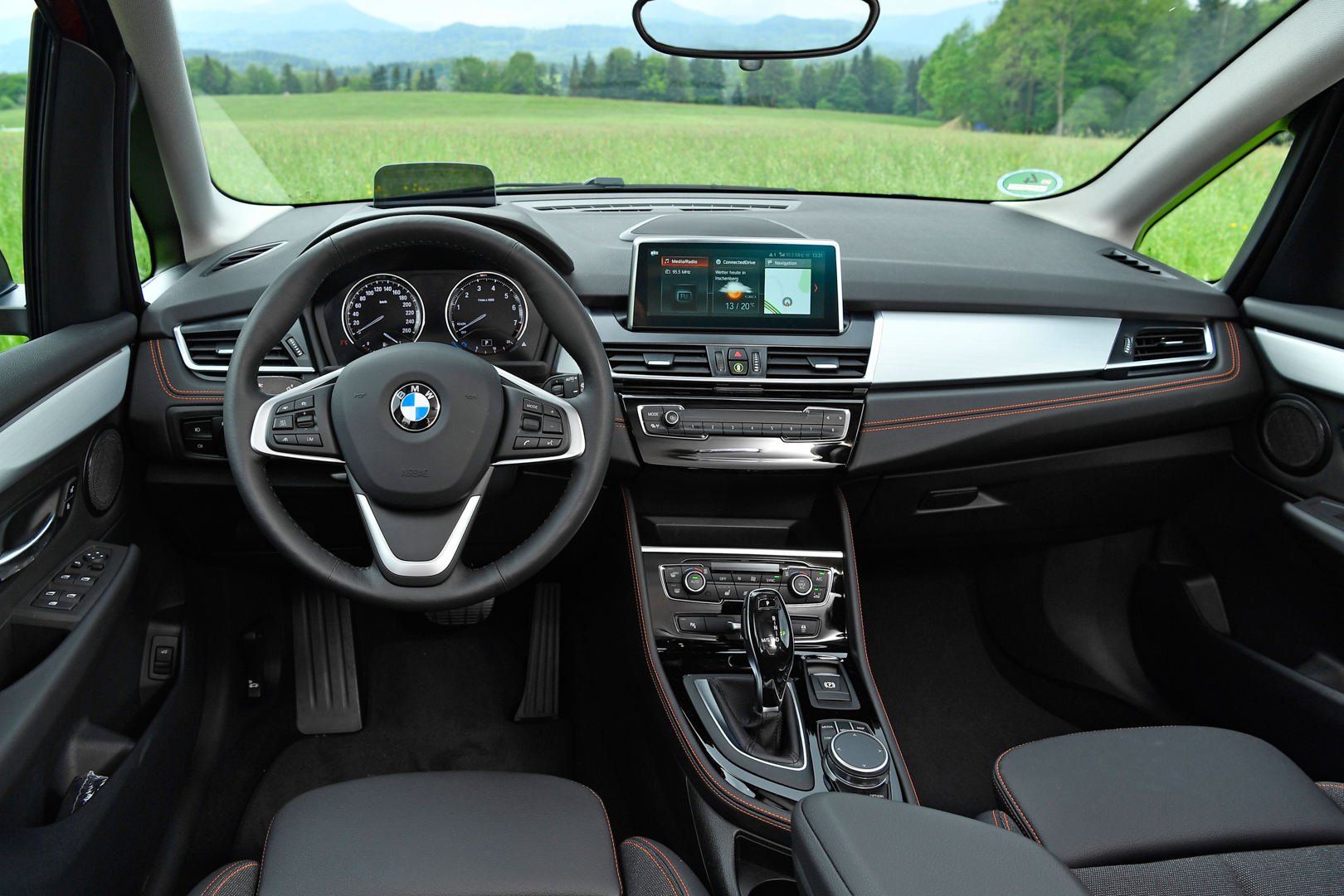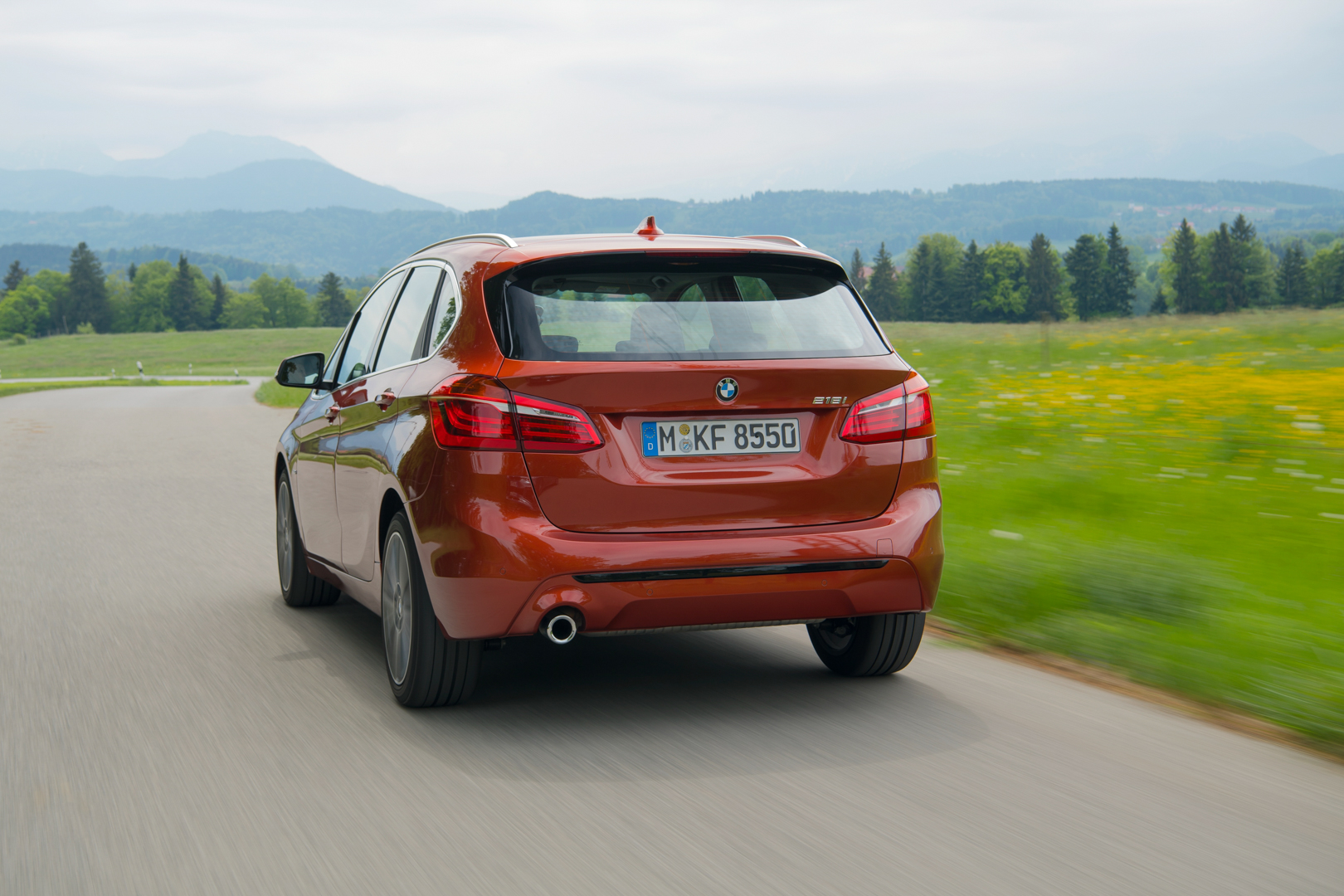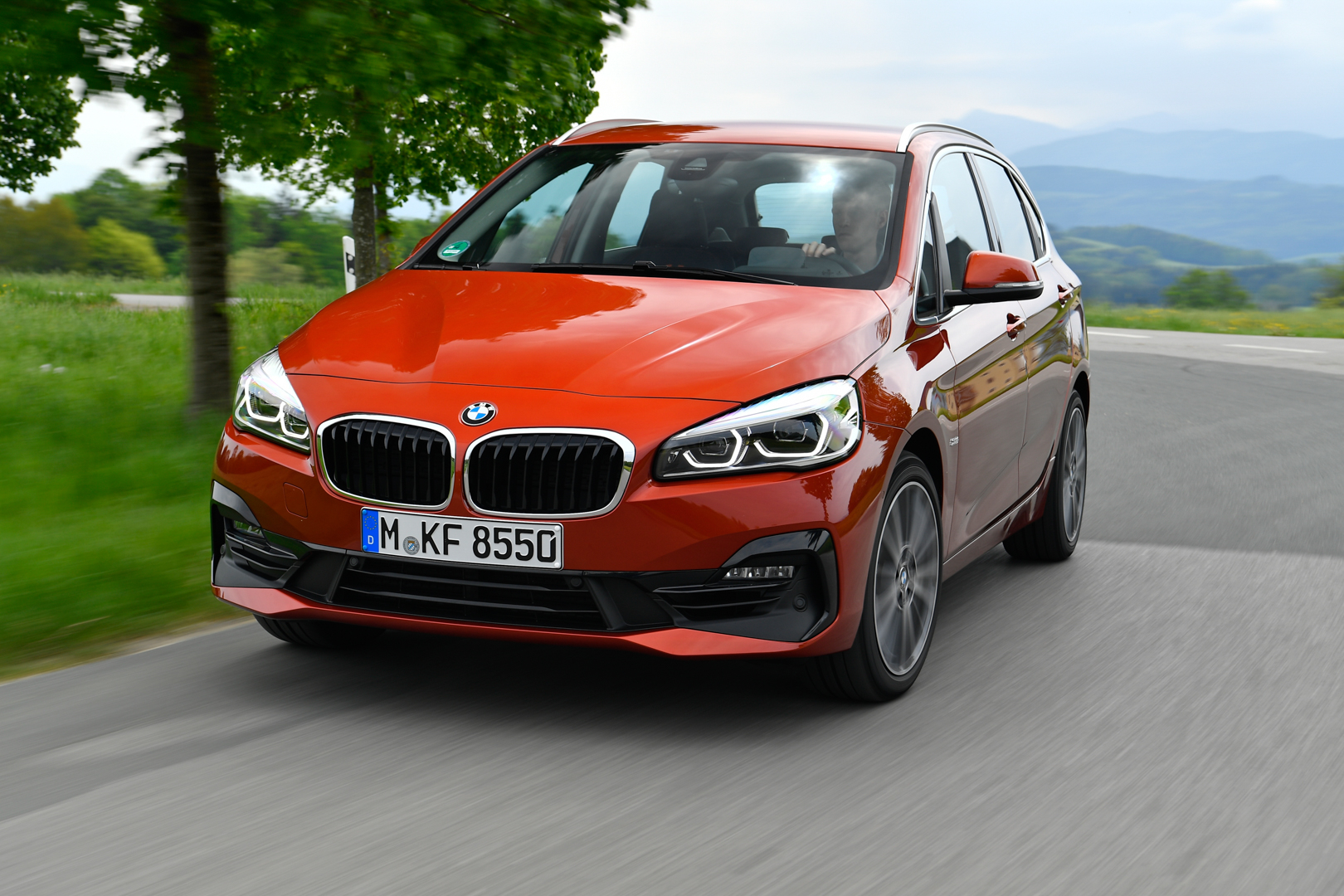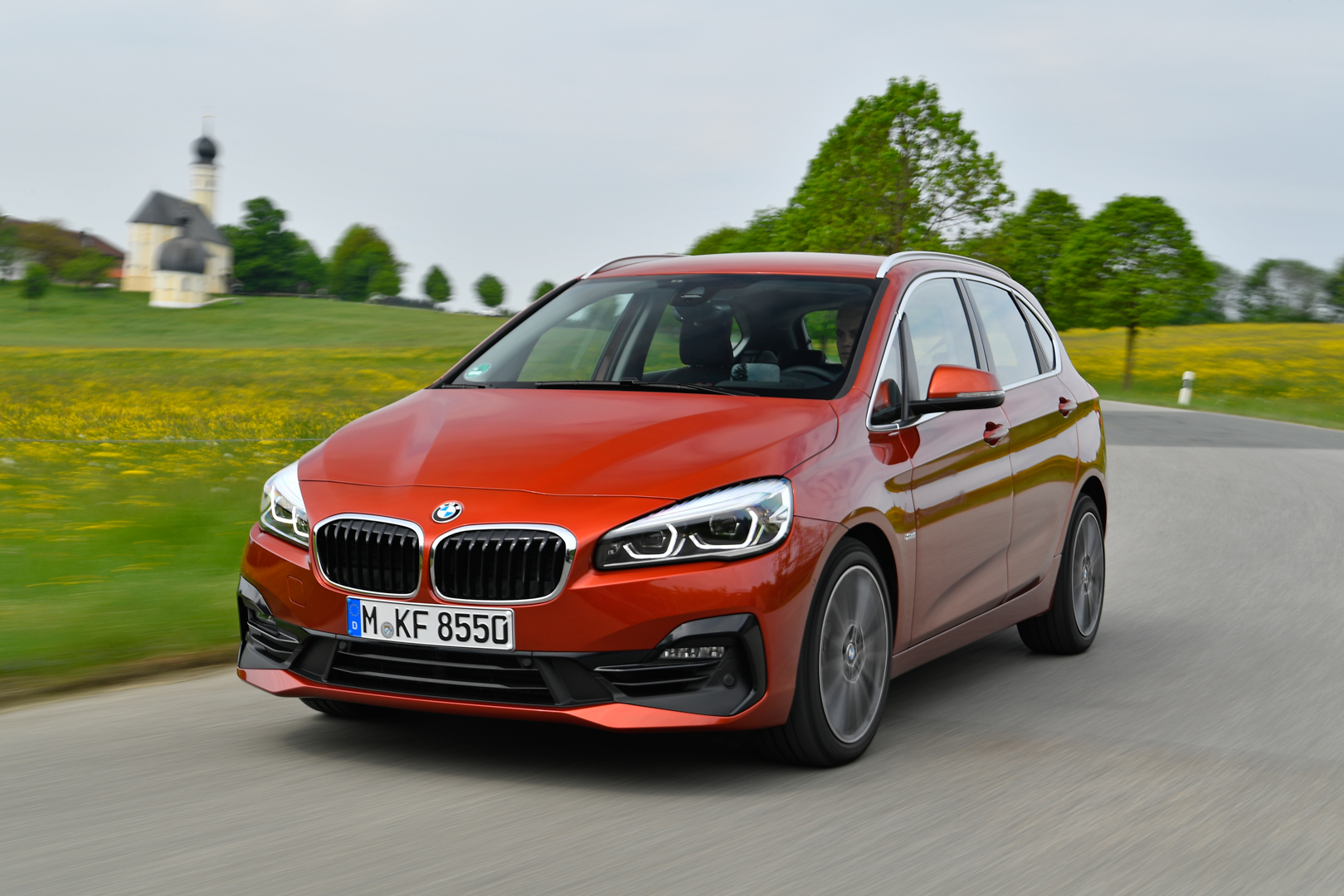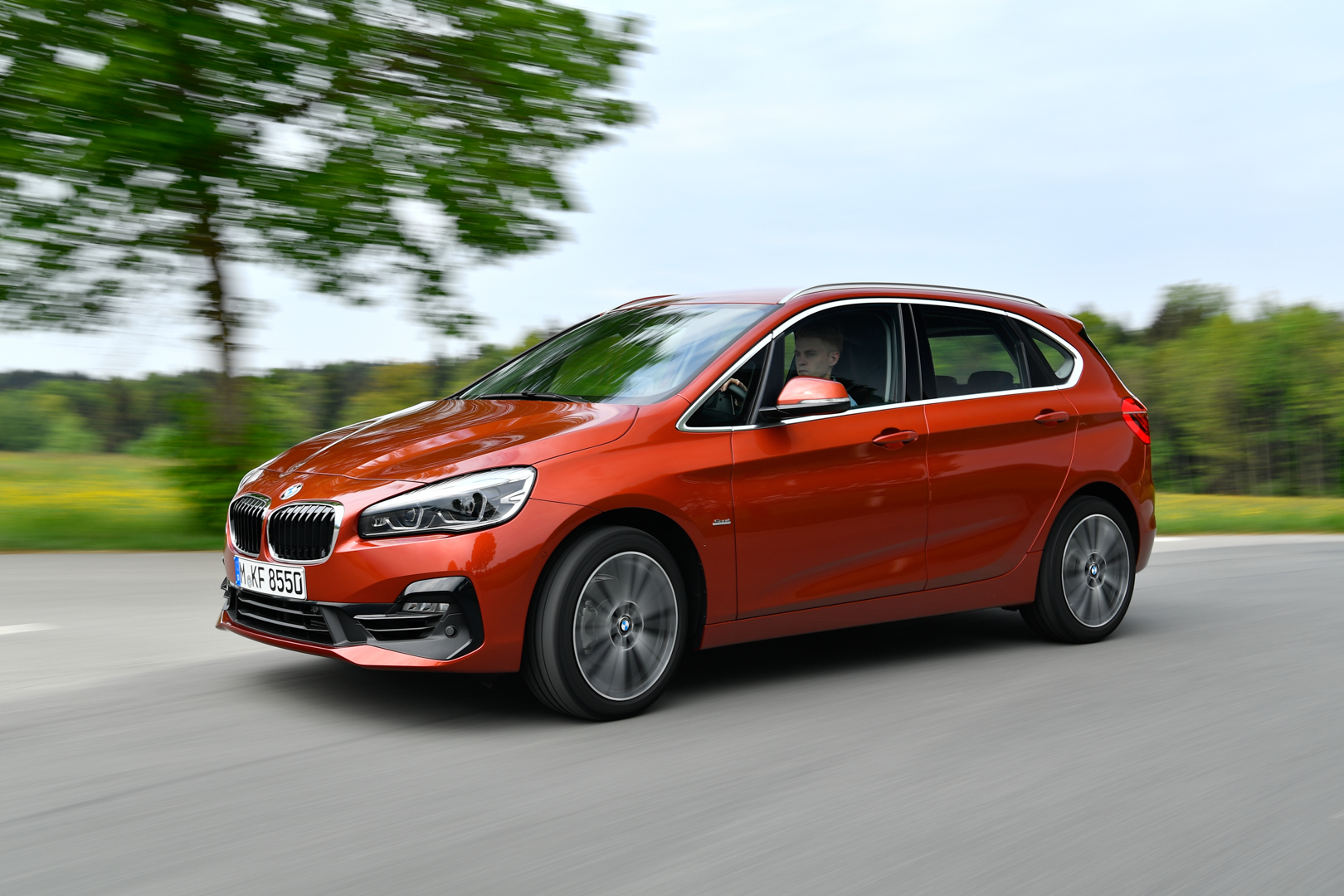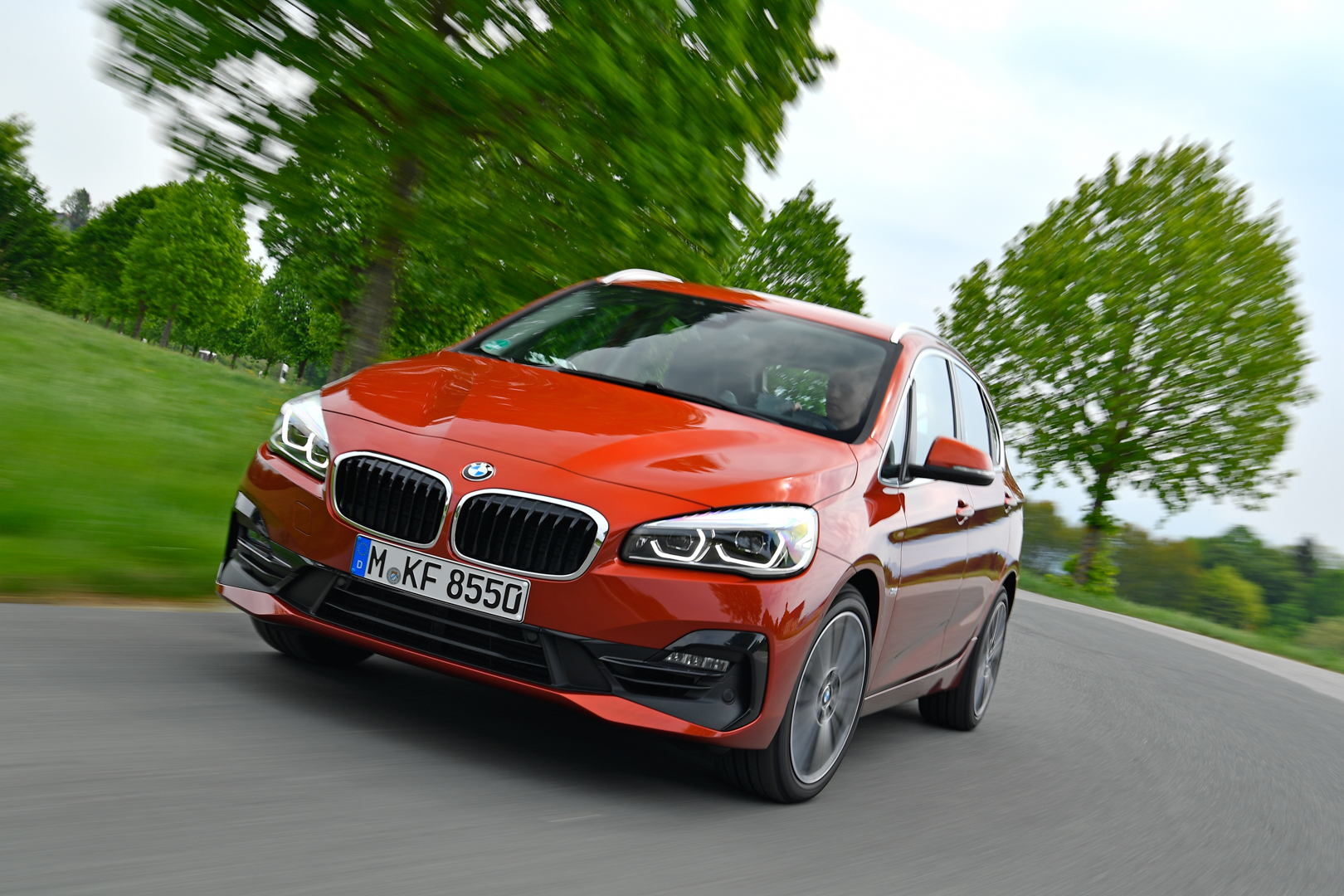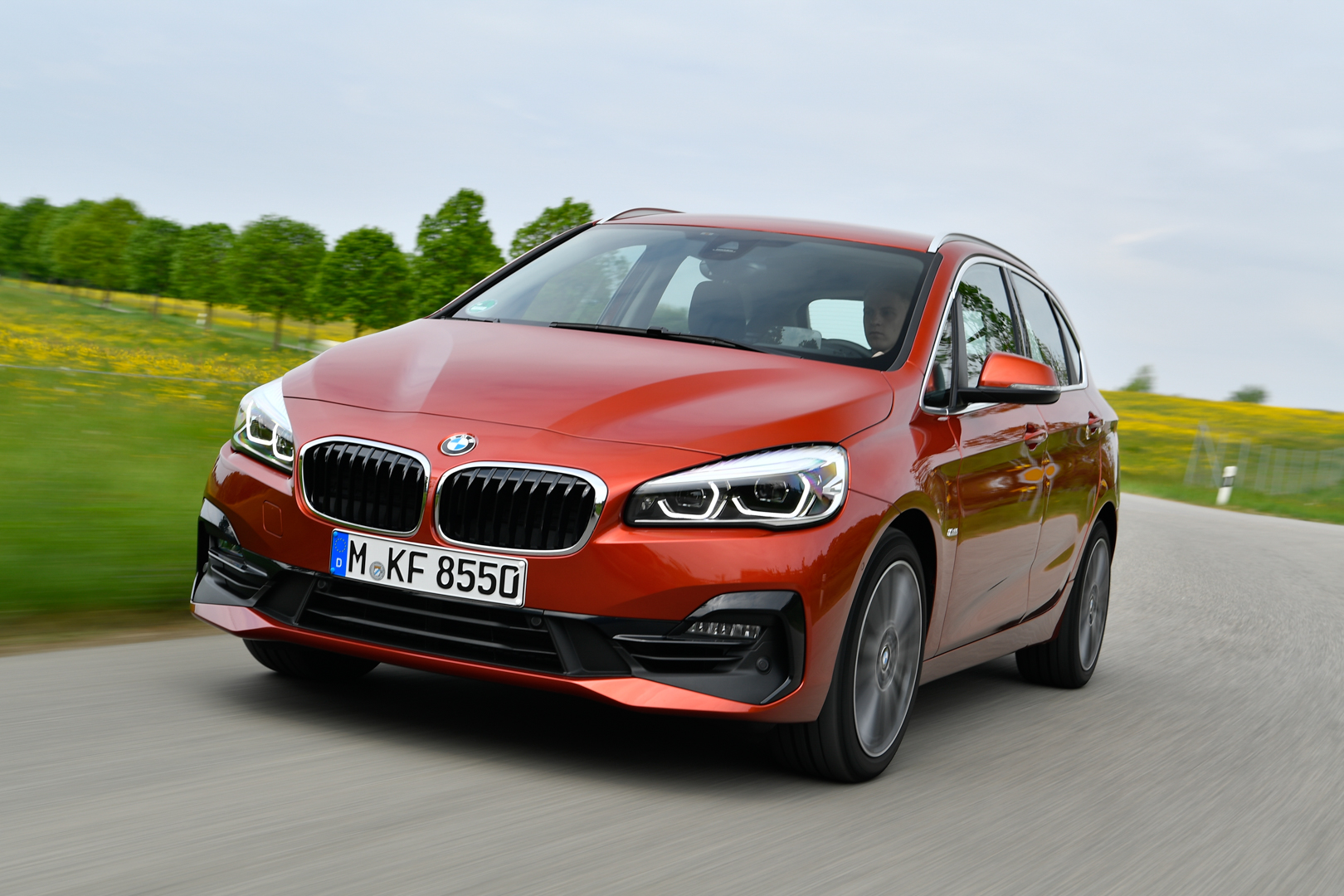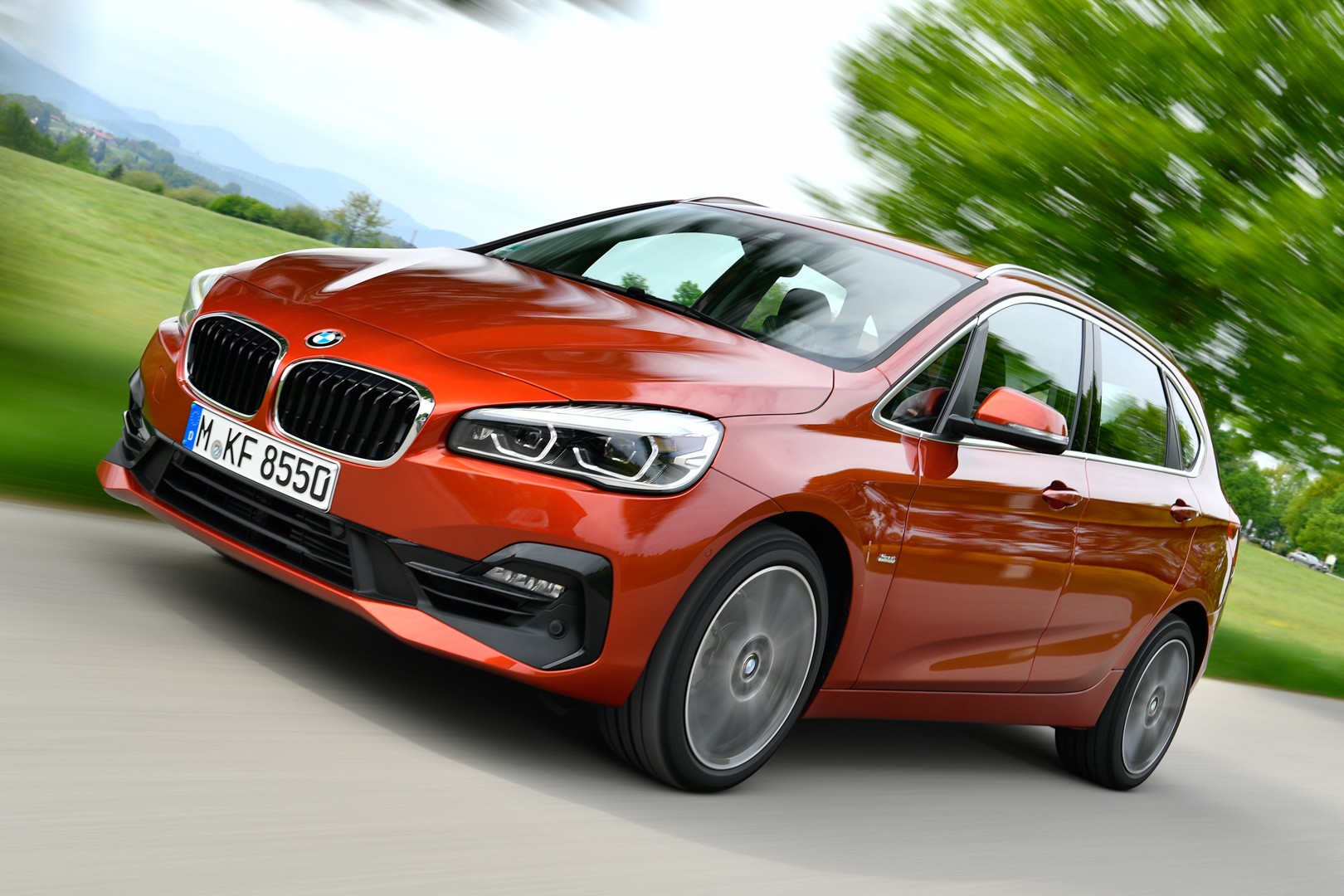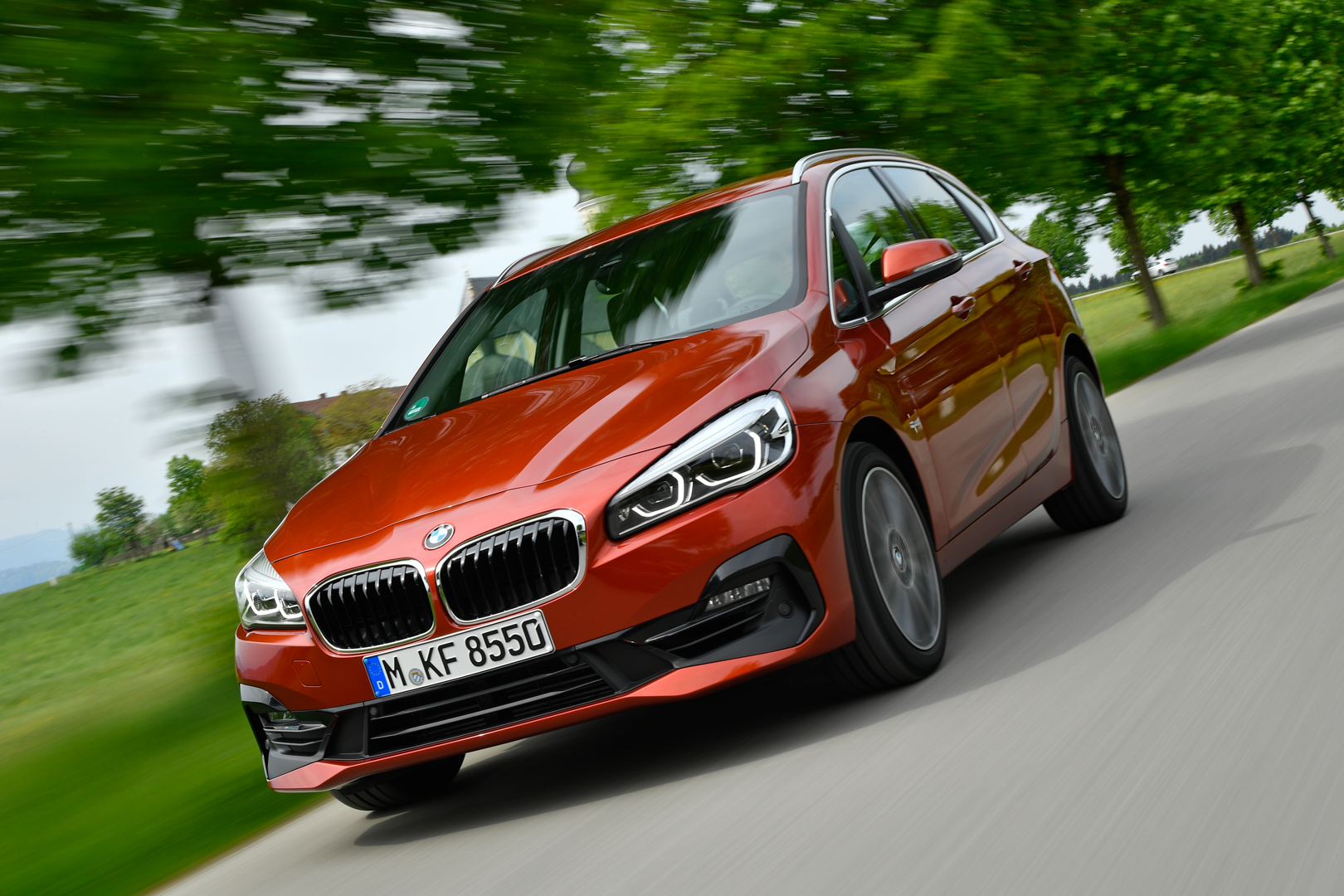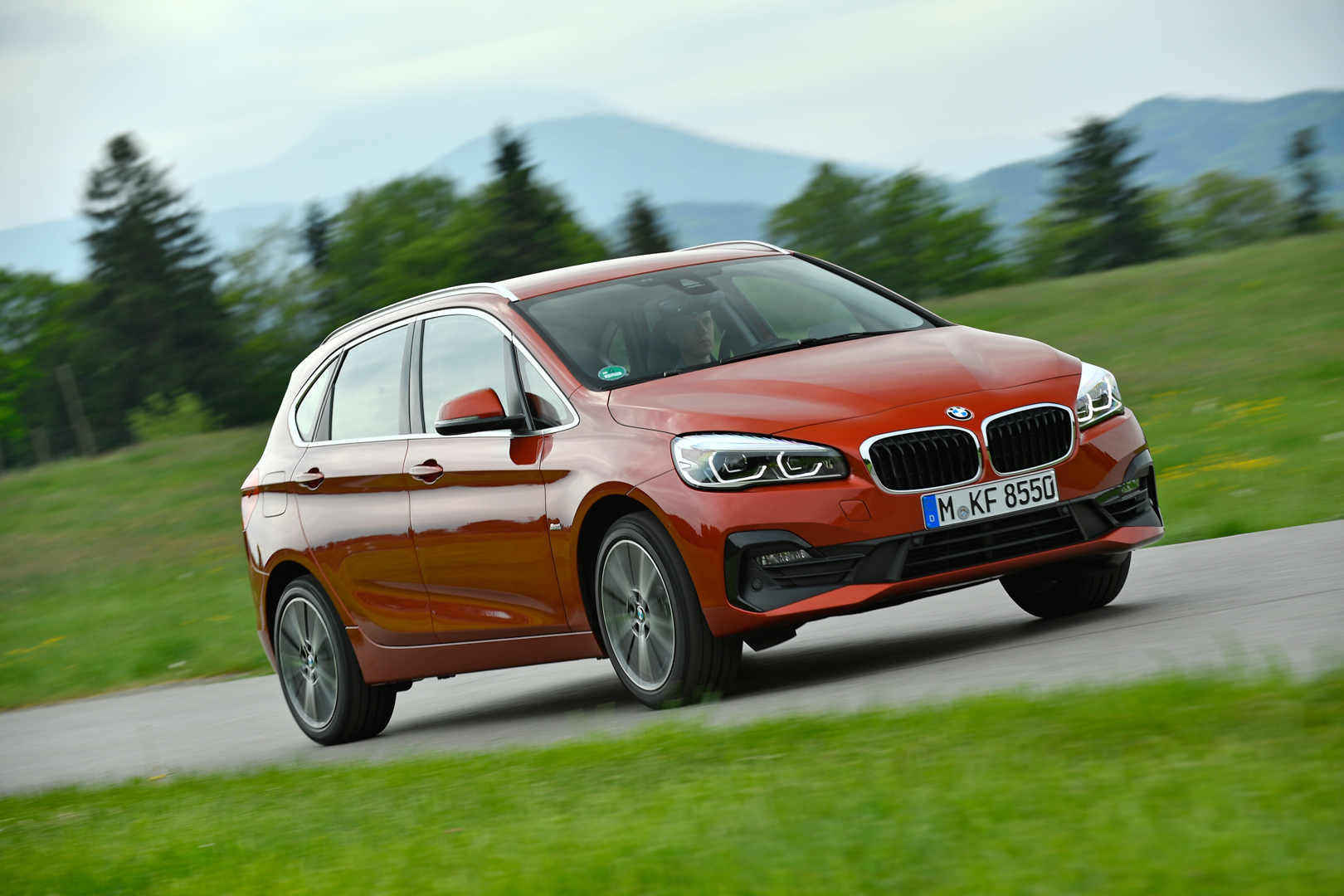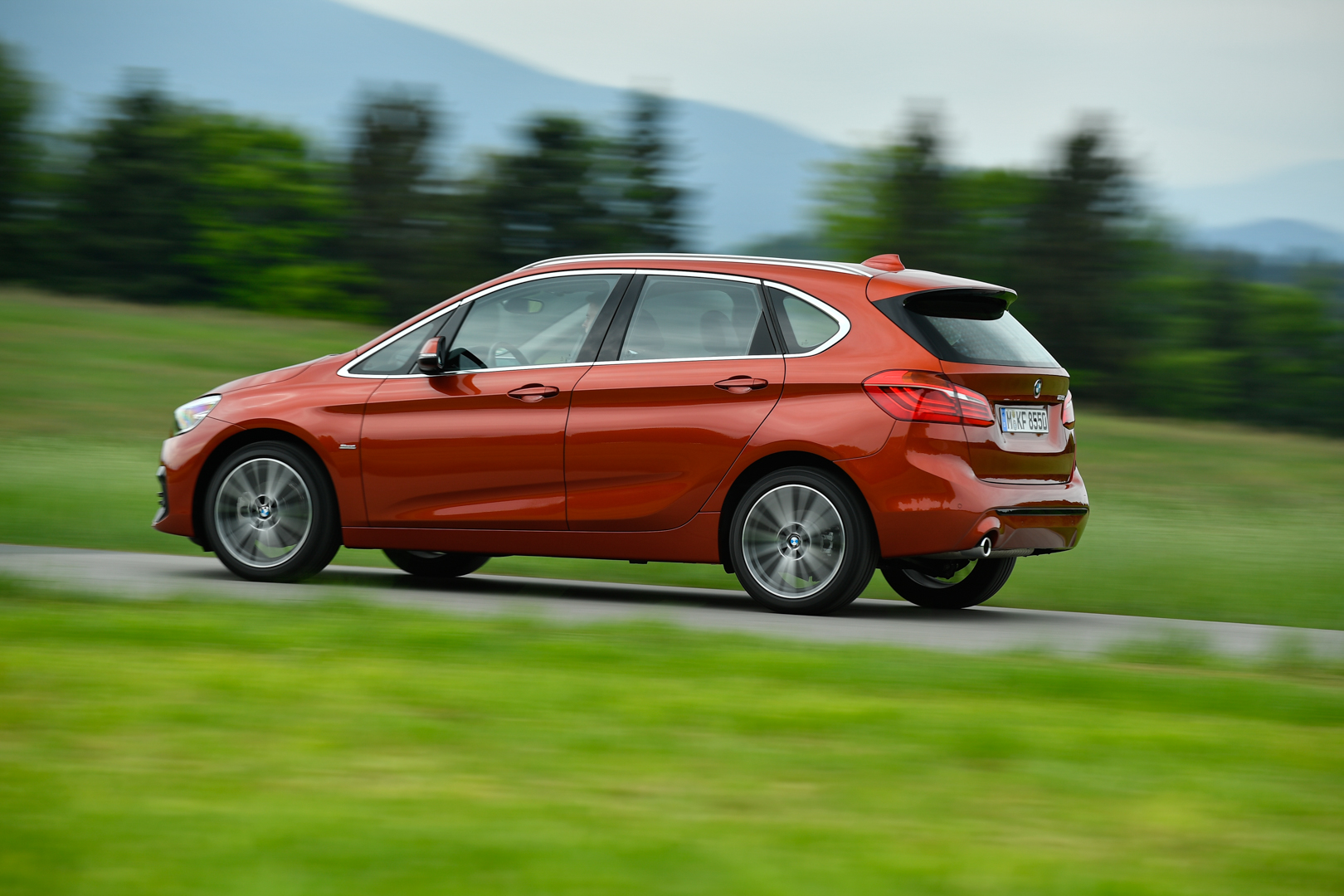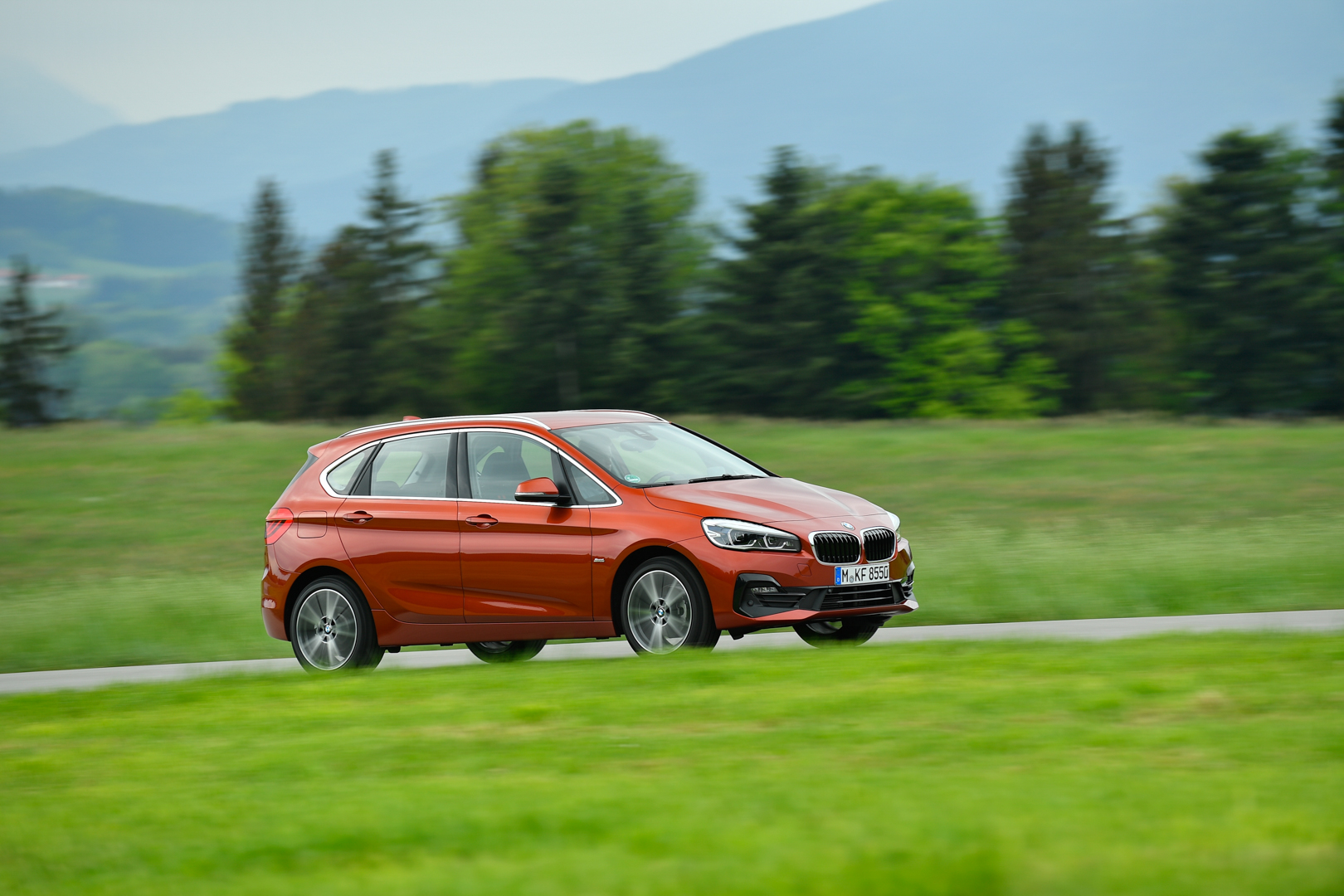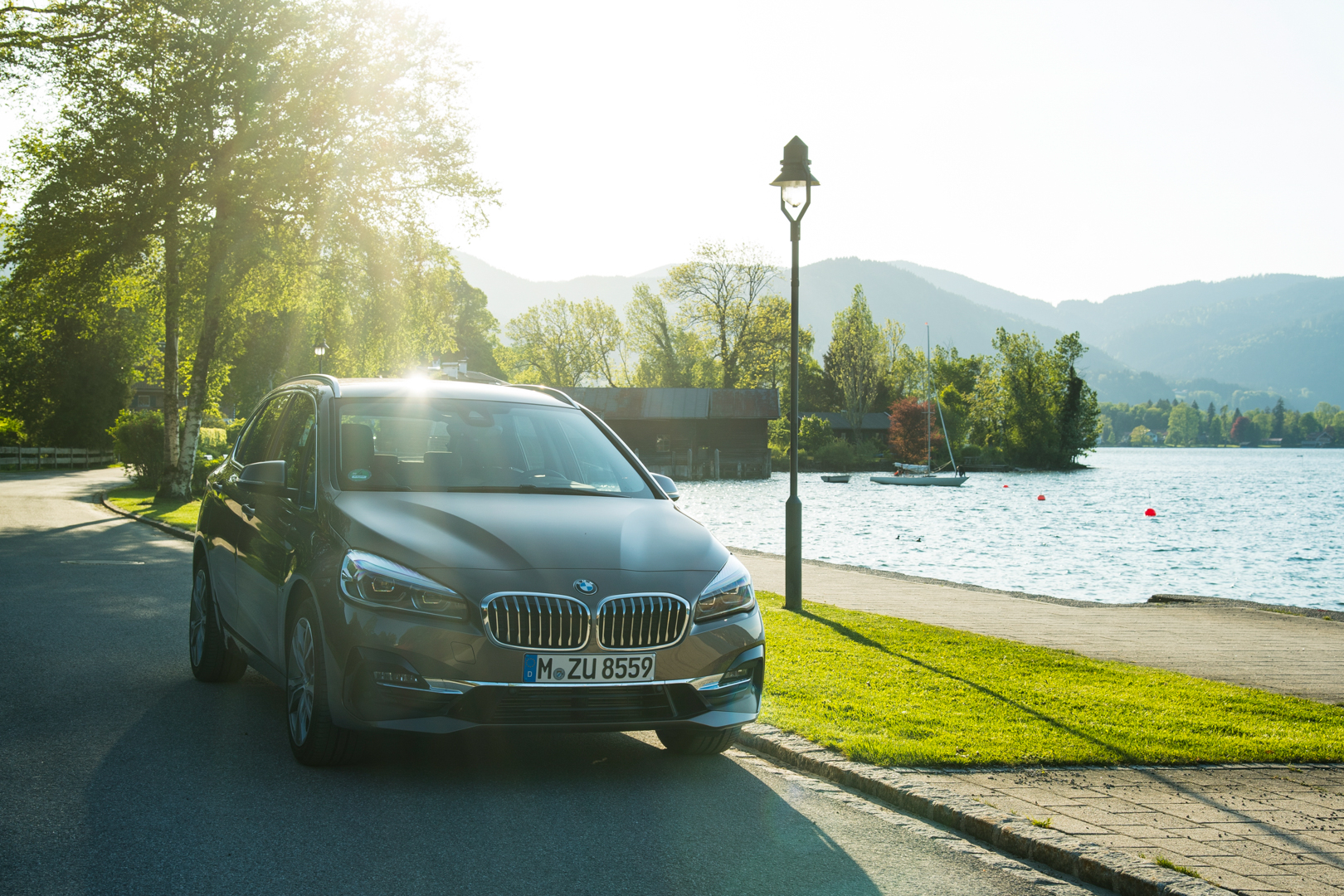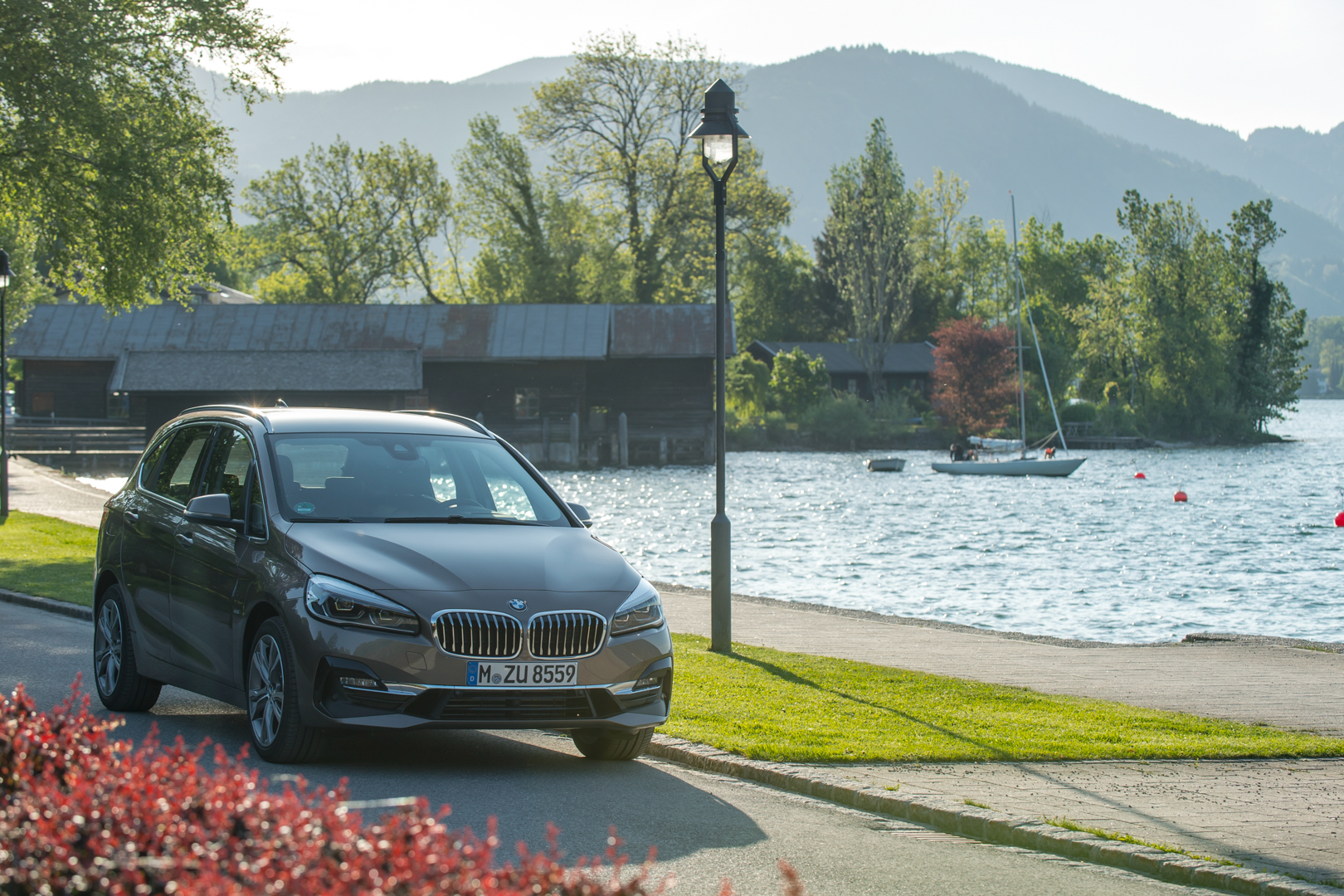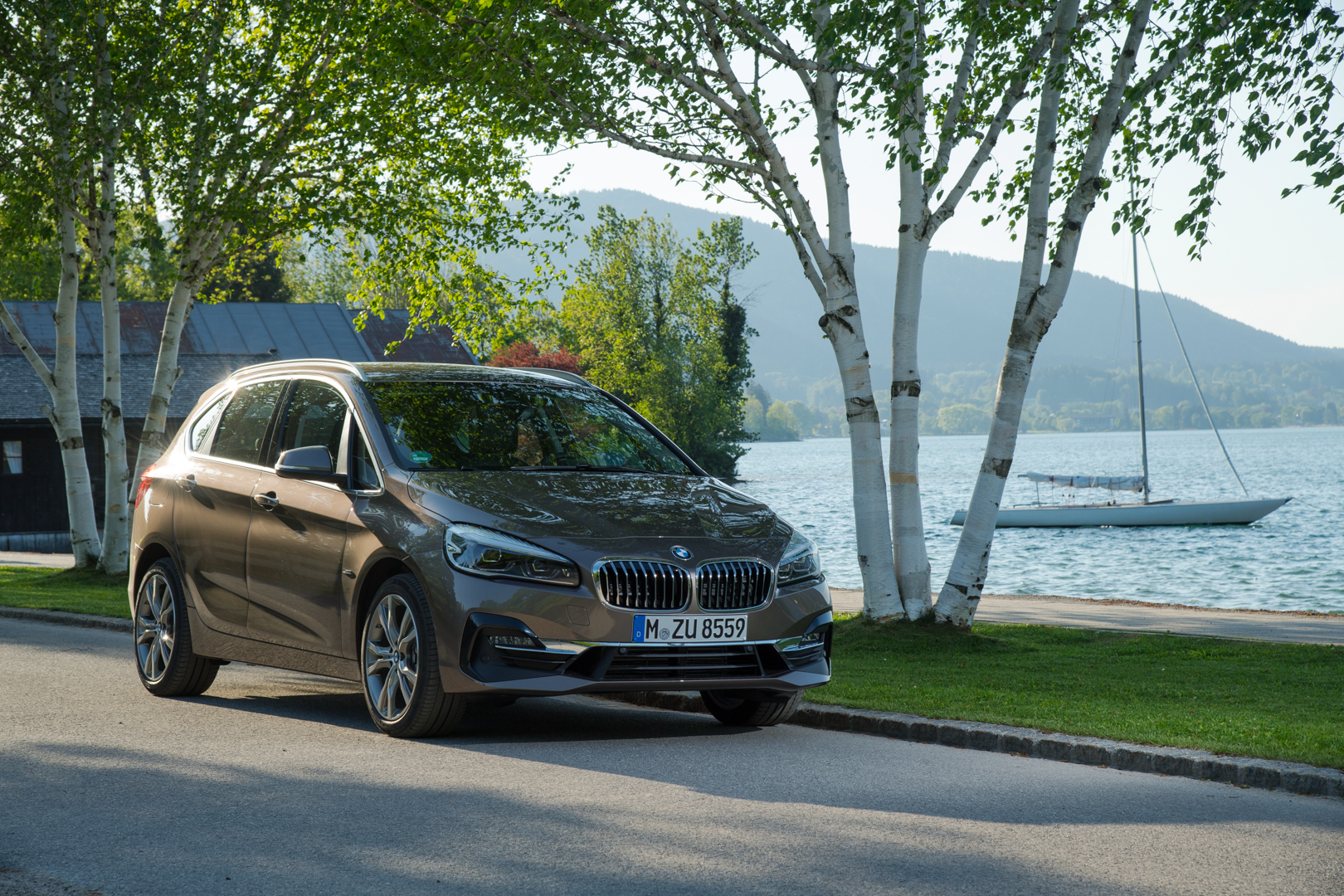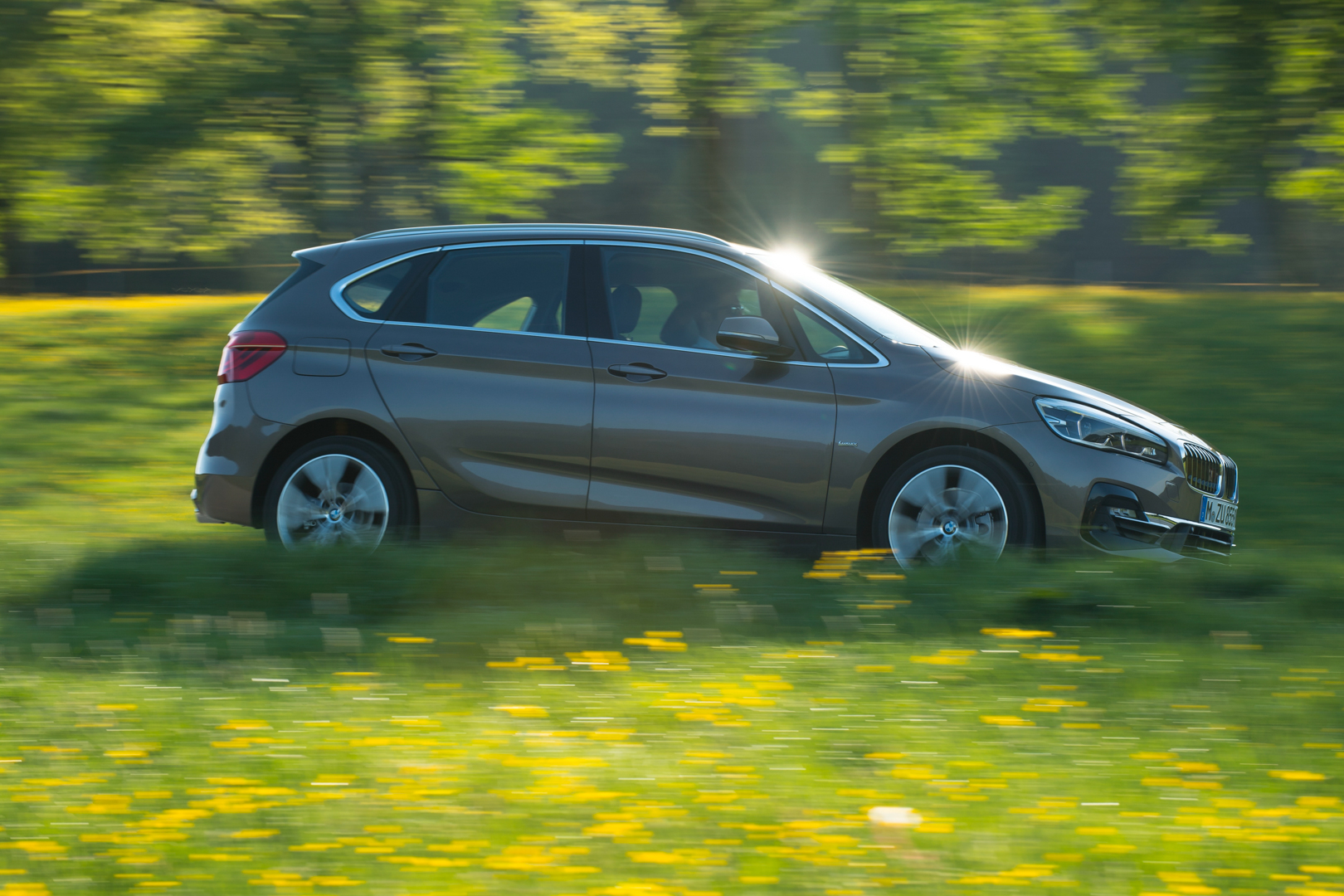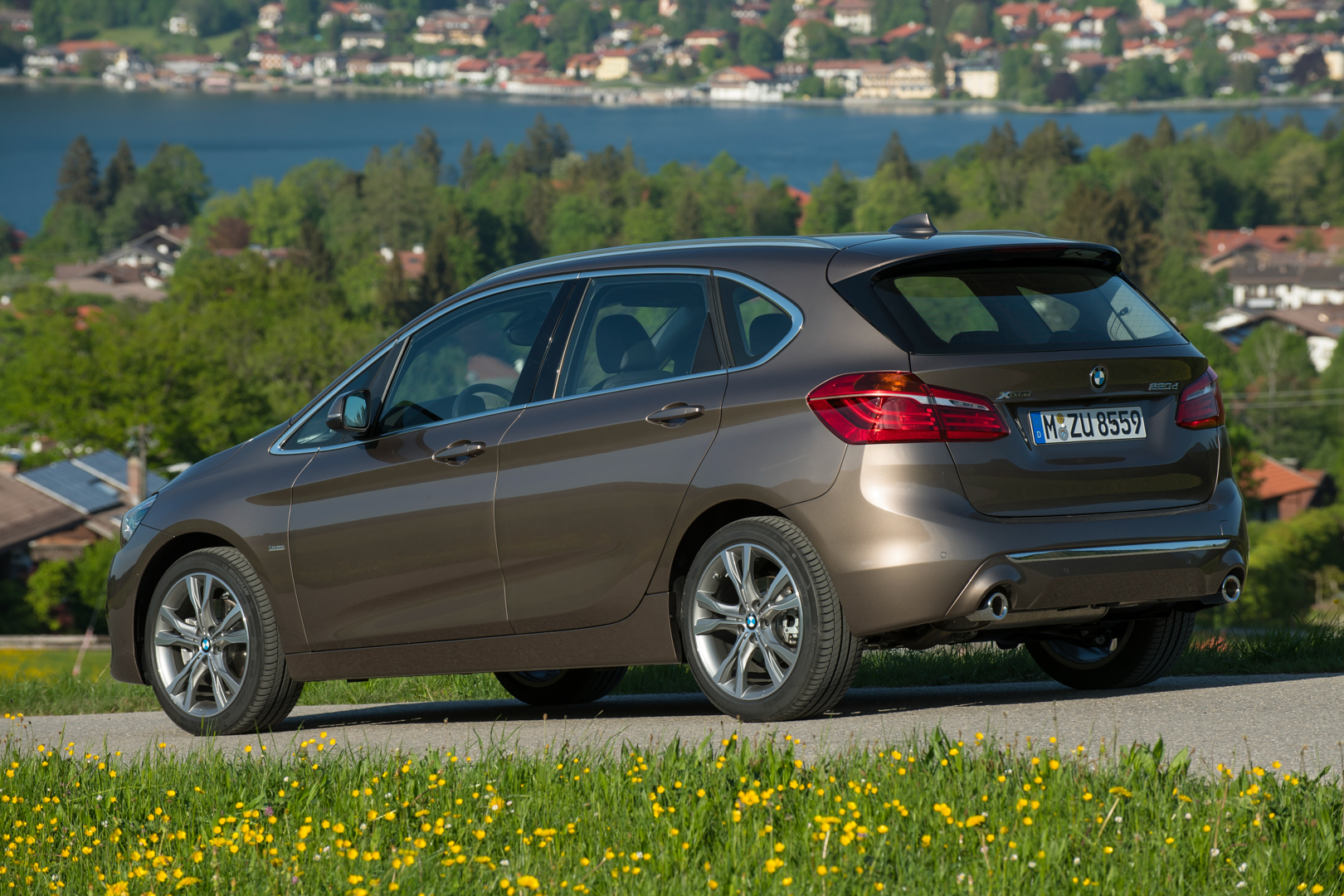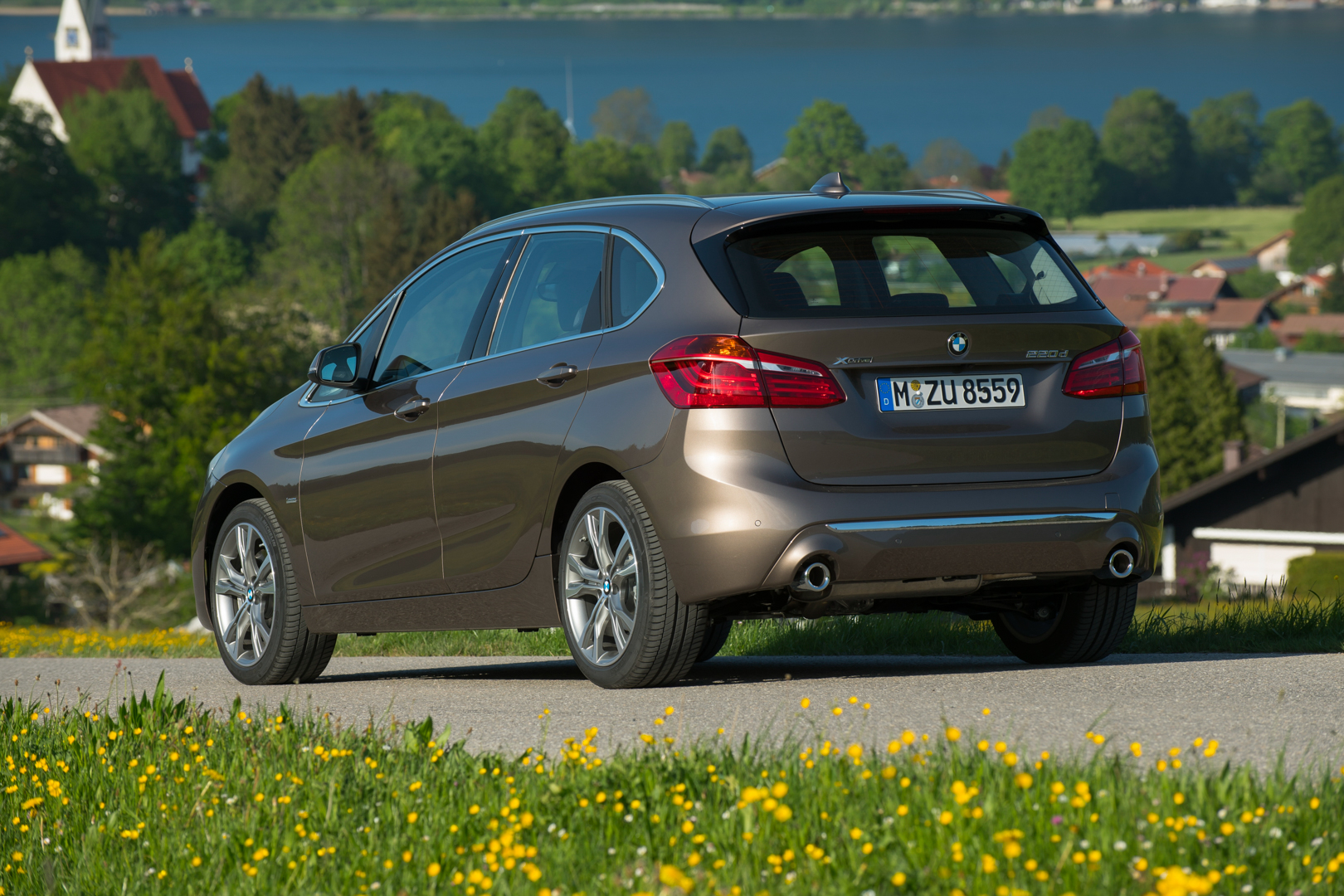During recent years, hardly any other BMW has been so fervently discussed, both in real life and in the media, as the BMW 2 Series Active Tourer. The compact van launched some four years ago broke with seemingly immutable traditions of BMW history and cared little about what brand philosophers considered the right approach. “A BMW with front-wheel drive? You can’t do that! A BMW with a three-cylinder engine? No way!” Four years later it is clear: With the Active Tourer, the decision-makers obviously did absolutely the right thing, because the actual target customers attach significantly more importance to aspects such as the concept of interior space than to that of oversteering when exiting a bend.
In keeping with the maxim “many enemies bring much honor”, the BMW 2 Series Active Tourer accepted the challenge, strengthened by the rejection it is sometimes faced with. Just how much it has grown is shown by a look at one single figure: Up until the recently presented facelift 2018, more than 400,000 units of the Active Tourer and its slightly longer sister model, the 2 Series Gran Tourer, were sold. But those behind the success are pleased with other figures, too. Both vans shine in their intended role as “conquering machines” and, with over 70%, achieve the highest conquest rate among all vehicles produced by the BMW Group. No other Series vehicle is able to attract so many customers away from other brands to BMW than these vans based on BMW’s UKL platform.
In March, the BMW 2 Series Active Tourer and the Gran Tourer both received a facelift to ensure that the success of these models is also continued during the second half of their life cycle. The model update is evident through an overall sportier-looking front end with wide kidney grille and more pronounced grille bars, larger air ducts and a new internal headlight technology with hexagonal LED daytime running light design. At the rear, larger tailpipes and a slightly modified apron are intended to convey greater dynamics, whilst the new exterior colors Sunset Orange and Jucaro Beige combined with a new wheel design provide the car with a fresh appearance from almost any perspective.
However, the modified visual appearance is not an issue during our first drive in the BMW 2 Series Active Tourer Facelift. In fact, it is the new drive train that interests us more. With the BMW 218i, we have opted for one of the models most sought-after by European customers. The 140 hp three-cylinder engine is particularly popular with short-distance drivers and powerful enough to satisfy the needs of actual drivers of the car, who have an average age of just over 60 years. It goes without saying that sports-oriented customers looking for superior engine performance will go for other options.
However, those who use the 218i predominantly in urban traffic or for leisurely interurban travel enjoy a mostly quiet-running, three-cylinder engine that only becomes louder under high loads and at low engine speeds. BMW has apparently completely relieved the B38 of its problems of earlier days, whilst the 1.5-litre three-cylinder has not lost any of its free-revving qualities and its agile responsiveness. The distinctively sporty sound of the 2 Series Active Tourer Facelift, which becomes clearly audible at higher engine speeds, has also remained unchanged.
Whilst the three-cylinder engine has not been noticeably modified within the framework of the model update, changes have been made to the transmission. In the case of the BMW 218i Facelift, the six-speed torque converter automatic previously used will be replaced by a new 7-speed DCT. The dual clutch transmission available only for the models 216d, 218i and 220i is intended above all to enhance efficiency and to permit lower engine speeds in many everyday situations thanks to additional gears. The fact that faster gear-shifting is also possible with a 7-speed DCT transmission is unquestionable. However, many customers will find it more important that the smooth shift of the 7-speed Steptronic when parking and manoeuvring is at eye-level with the previously used torque converter automatic transmission.
At first glance, the redesigned gear selector lever for the 7-speed DCT transmission is one of the major changes to the interior features, but its operation corresponds to familiar BMW principles and requires no getting used to. By the way, with dual clutch transmission and Sport Line, the new BMW 218i does not have shift paddles on the steering wheel as-standard, these being only available at further additional cost. The 2 Series Active Tourer does not feature a blind spot warning function, but the clear view from inside the car with its large glass surfaces renders the lack of this assistant more bearable than in the case of the BMW i8 Roadster.
For the facelift, the previous recognizably analogue instrument cluster will feature the Black Panel optics that have also been applied in the two-door 2 Series and 1 Series models for some months now. However, this feature remains technically unchanged and analogous within the area of the round instruments. Designers have also adopted the head-up display with extendable panel, which still does not serve as a substitute for a fully-fledged HUD. For almost a year now, the BMW 2 Series Active Tourer with navigation system has featured a touch screen for the central infotainment display, which, like a Smartphone, permits intuitive operation.
As a whole, the Tourer model facelift reflects a felicitous enhancement that brings the two vans up to current standards of technology. As loyal customers of both models have previously never missed any sporting qualities, the model update focuses on the areas of design, efficiency and infotainment, these being points that are often more decisive in the segment of BMW UKL models, rather than cornering speeds or sprint times. At the end of the day, it is perhaps both the confident and consistent focus on the needs of the target group that helped BMW’s first vans achieve such success. So it is not surprising that the car’s designers are now also convinced that with the facelift they have made the correct adjustments for a continuation of this success story.



